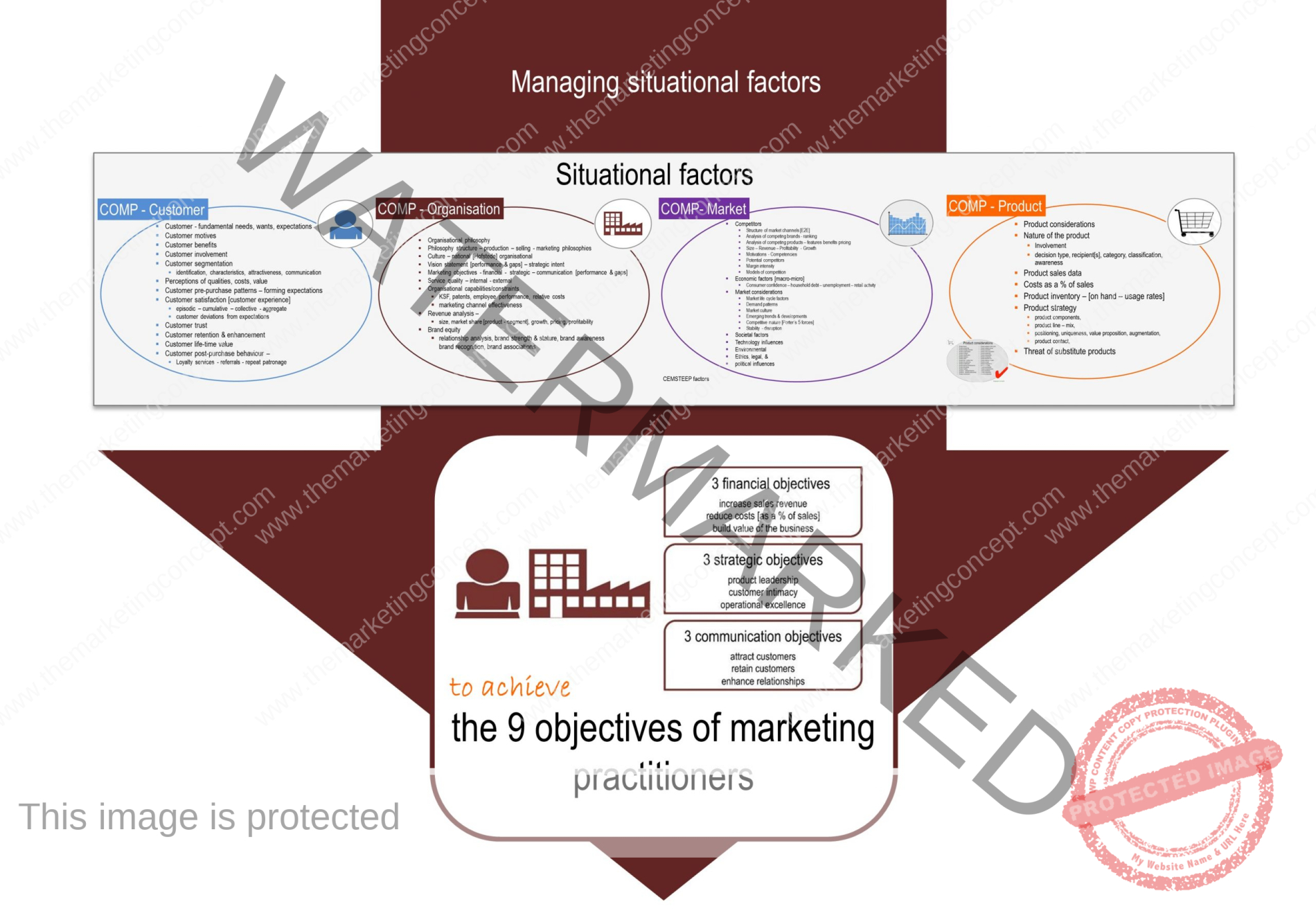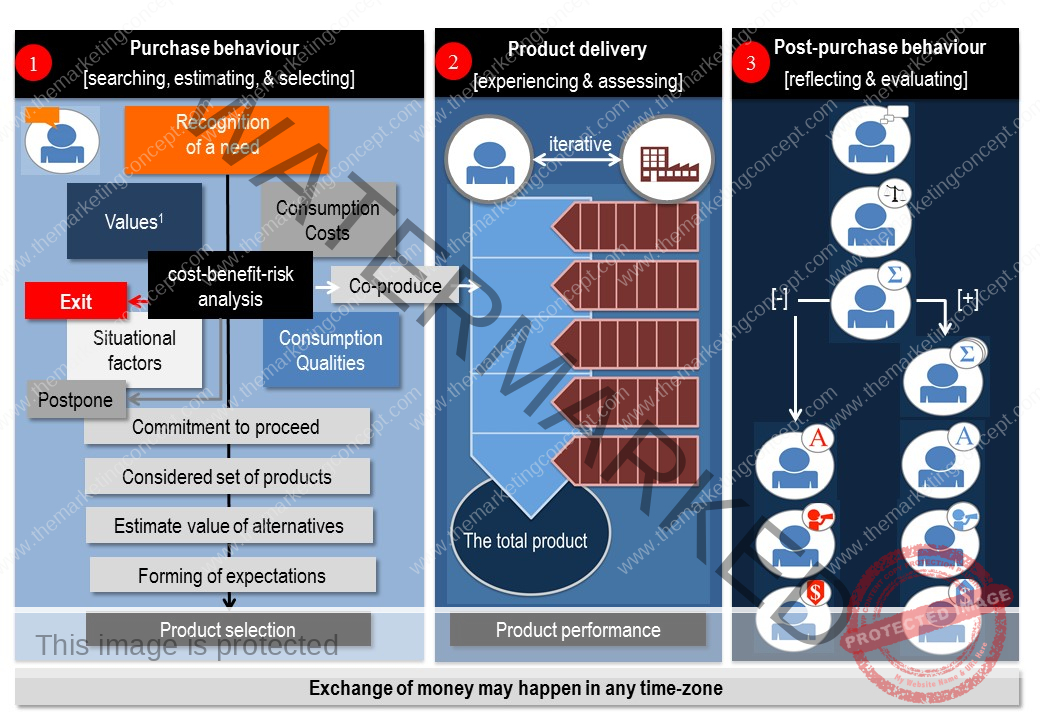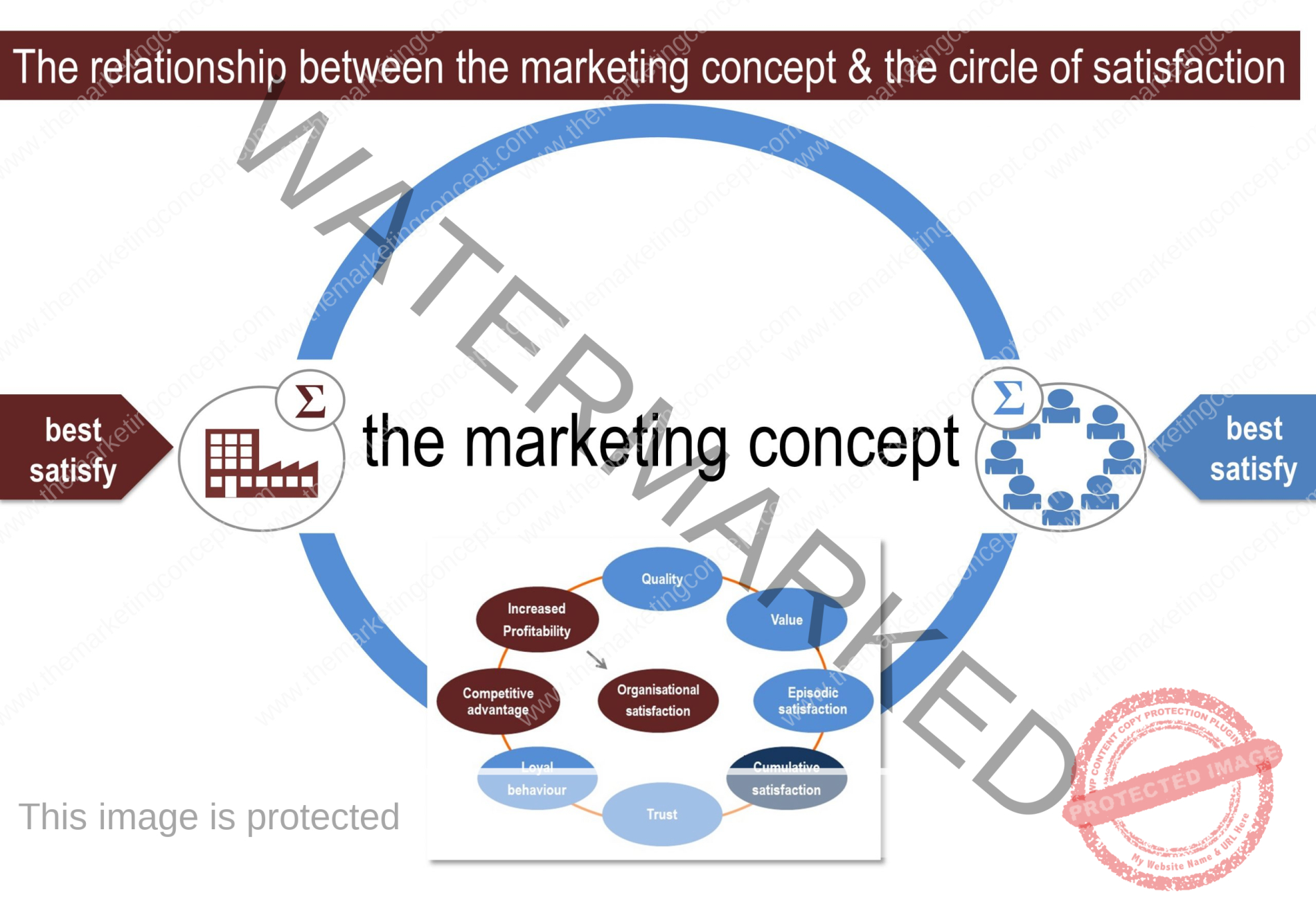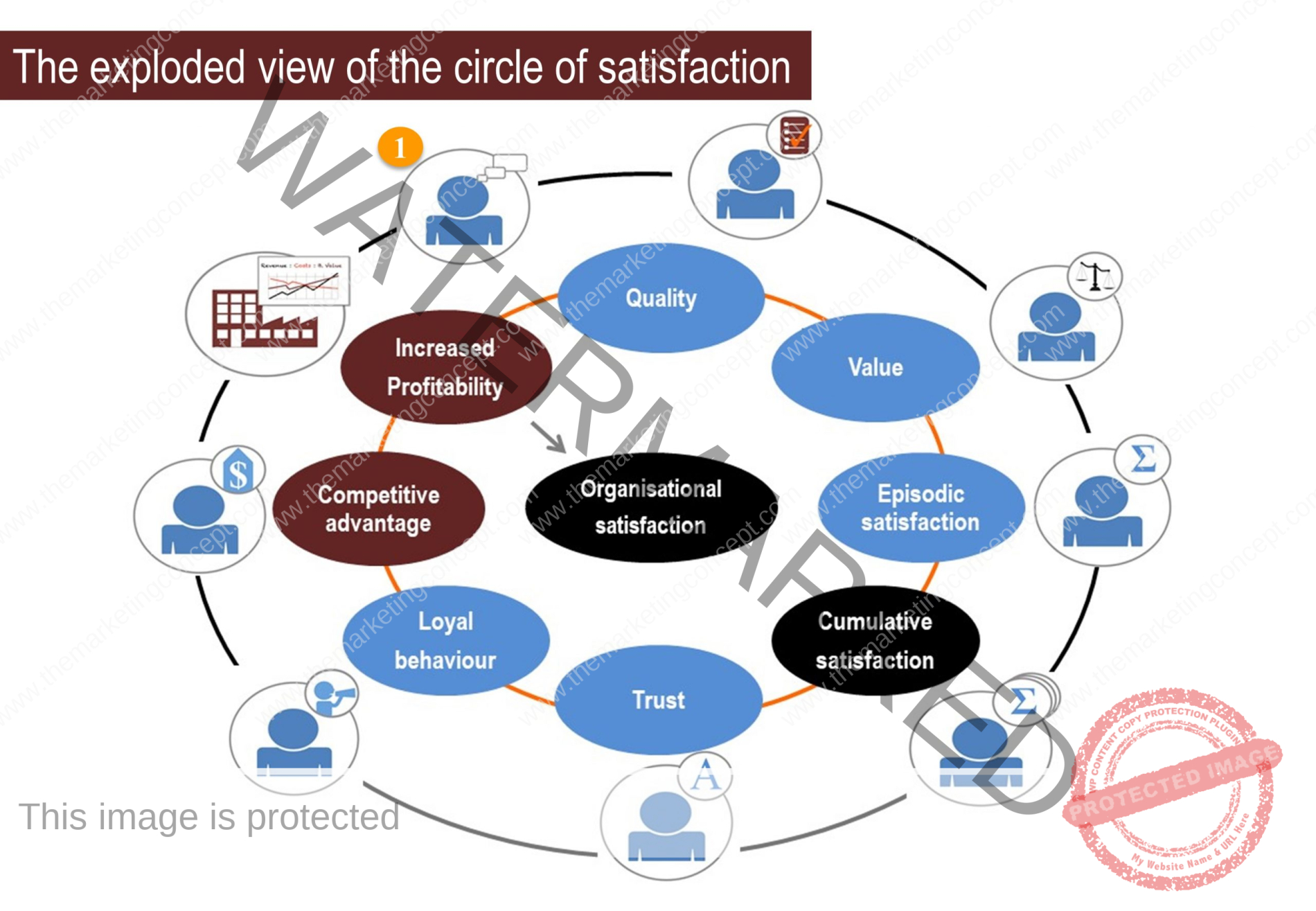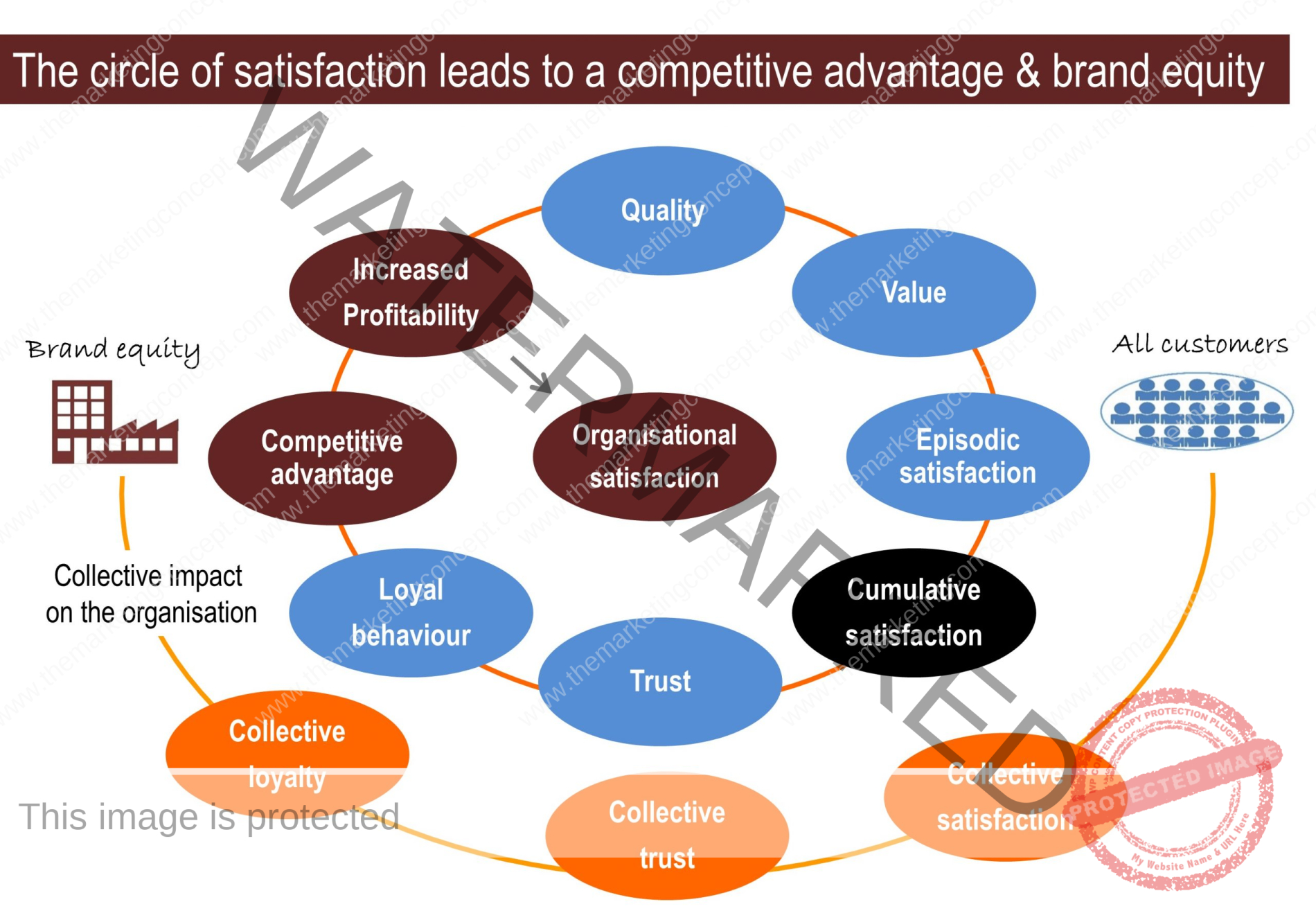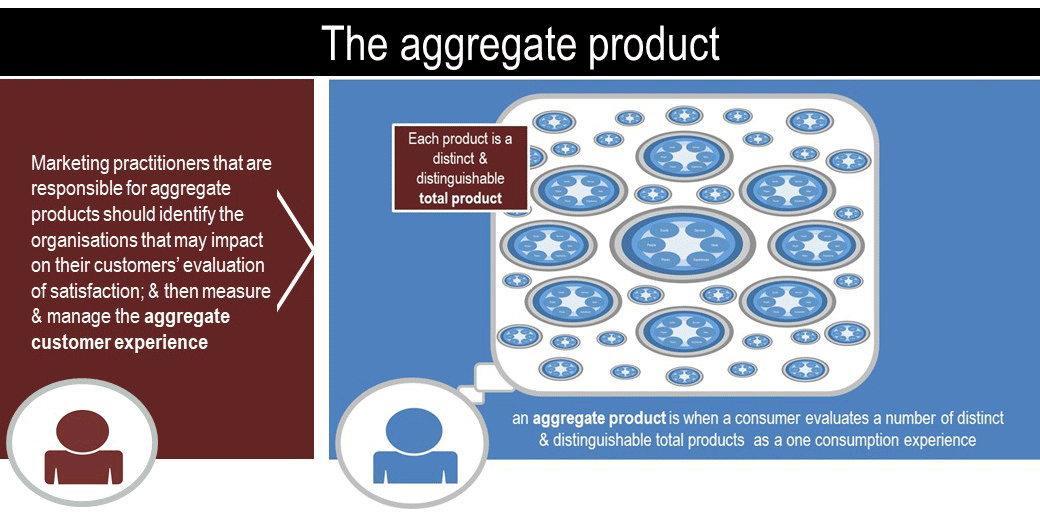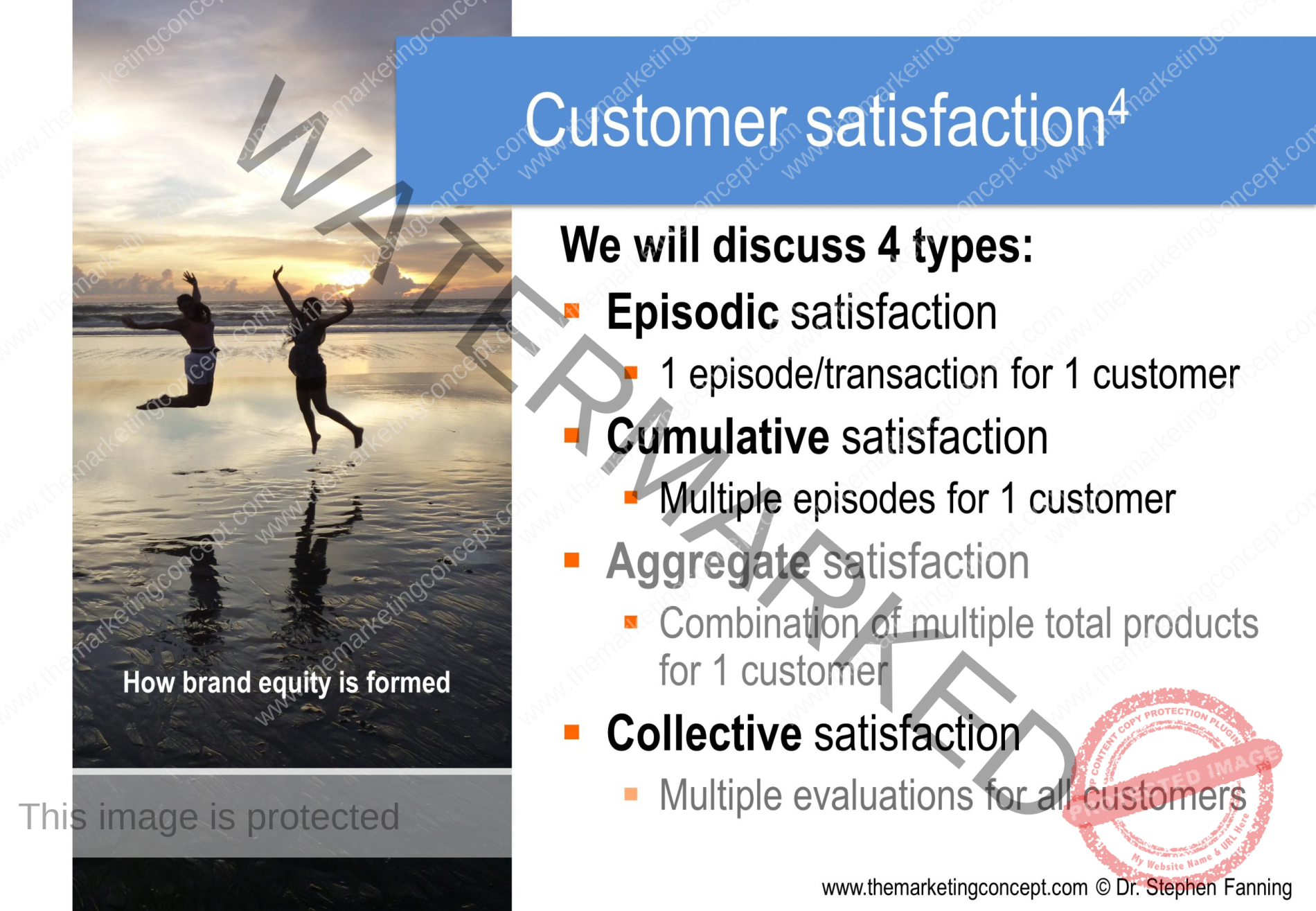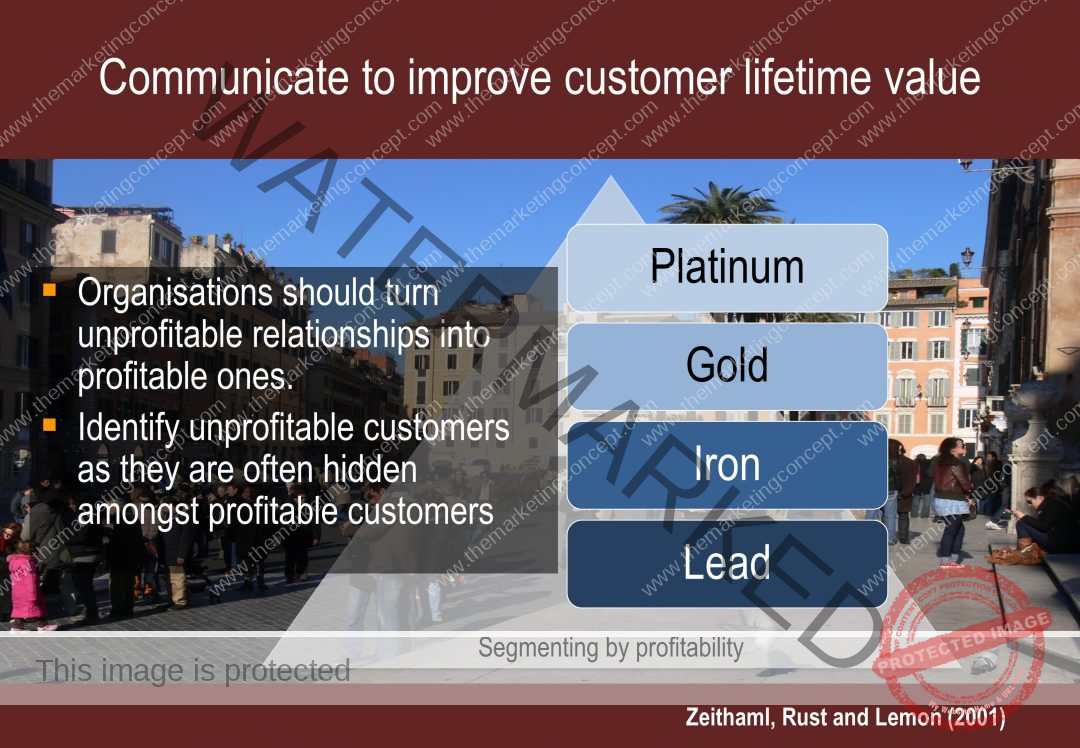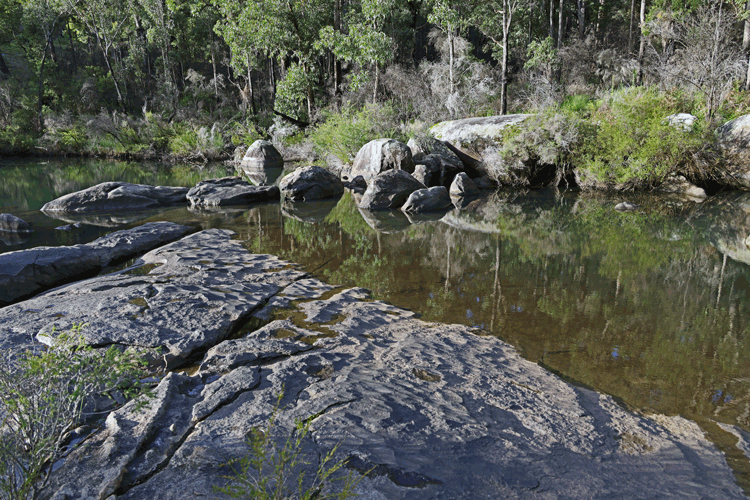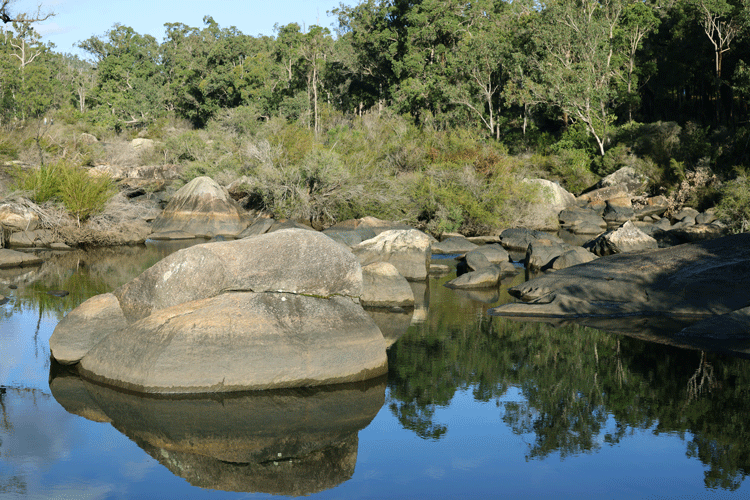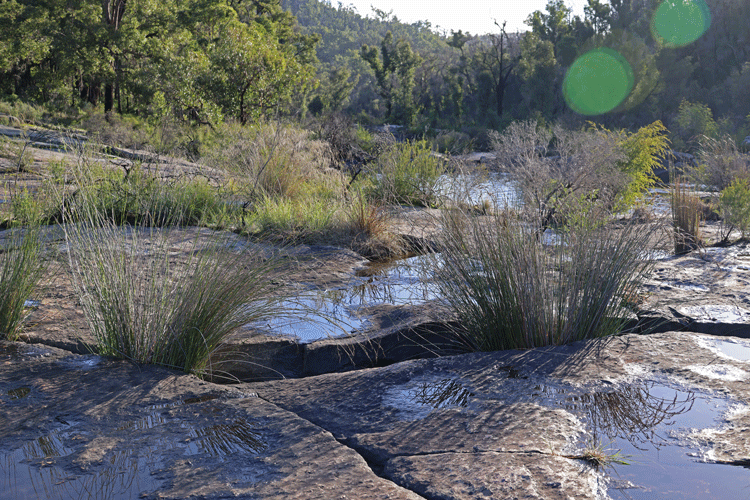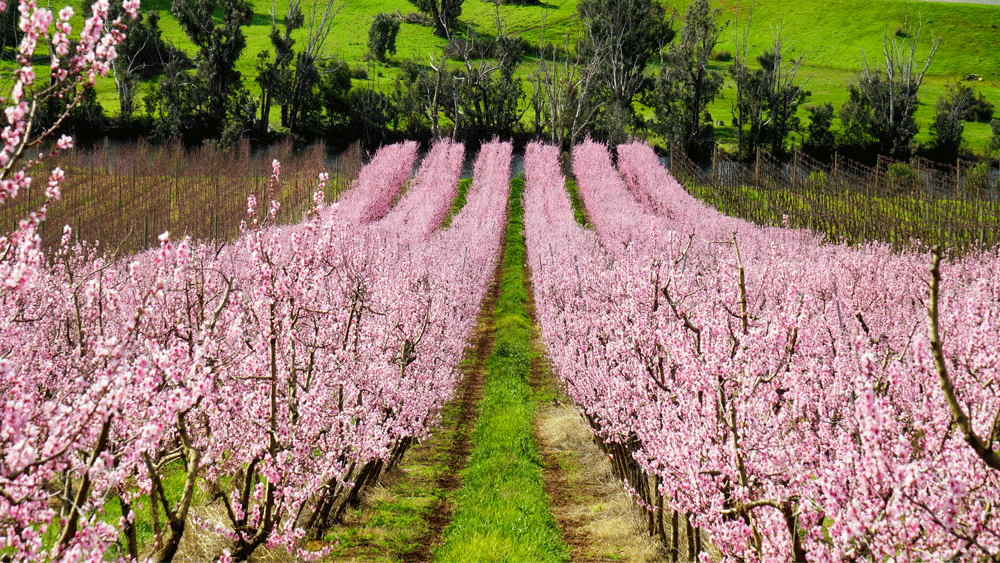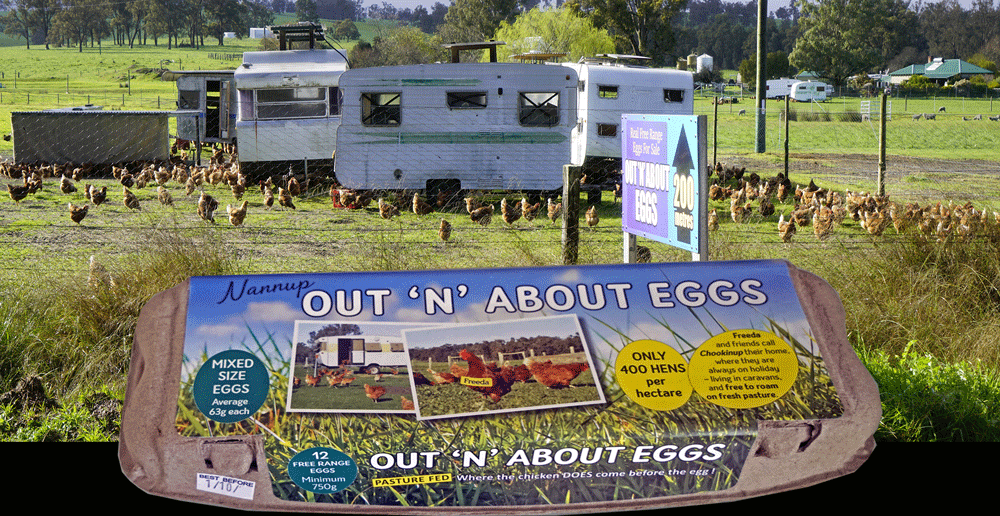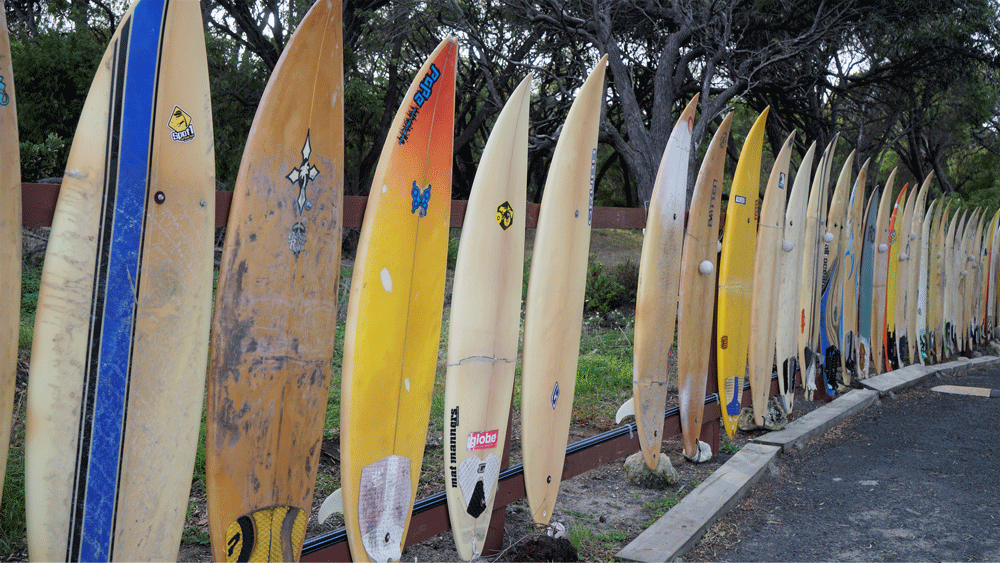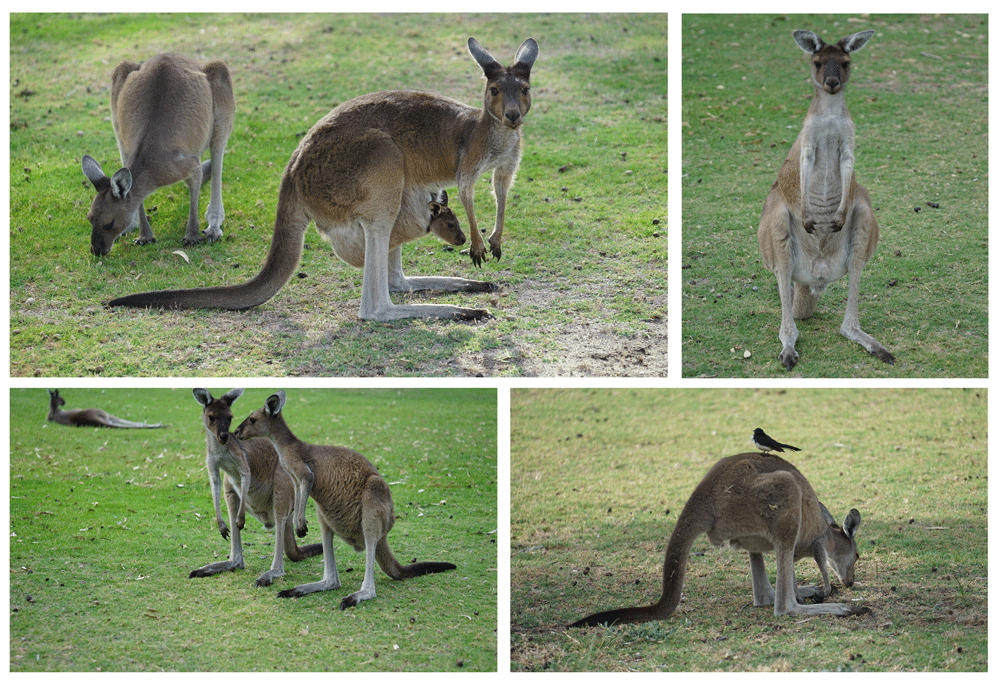
In this road trip we head off into the south west corner of Australia – searching for uniqueness.
The focus is on marketing practice in small and medium enterprises SMEs. Along the way we find some quirky examples and also discover everyday organisations just doing lots of small things really well. One area worth mentioning is how many of the small businesses have adopted marketer-generated content strategies and tactics to enhance customer engagement and future sales.
The initial quest was to uncover how everyday organisations manage the prevailing situational factors [COMP] and nurture and promote a unique product value proposition [UPVP – product offerings that are distinct, discernable, and desirable].
From a consumer’s perspective – a multi-stop multi-day road trip has a number of consumption decisions – where to go, where to stay, what to take, and then along the way a number of other decisions – what/where to eat and drink and visit. When making decisions consumers search, experience and evaluate product qualities – including epistemic qualities [the desire for the novel, curious, original, interesting, new knowledge/skill].
From a marketing practitioner’s perspective we uncover a few great and sometimes quirky examples and see how organisations meet their challenges and gather some great advice, including:
- Be online – traditional media is expensive for SMEs therefore measure and build customer engagement
- Be a philosophy – have a clear sense of purpose
- Be best satisfying – customer centric – manage referrals and repeat business
- Be distinct, discernable, desirable – stand out from the crowd [UPVP] to create awareness, interest, desire, action [AIDA]
- Be engaged – have a compelling narrative + employ social media to counter the high cost of traditional media
- Be honest – brand equity is established not through promises made but through the promises delivered
- Be proactive – a manager’s job is to manage
- Be there – many little things matter – attention to detail

Wellington Dam Mural
A new lease of life
Built in 1933 and extended in 1956 the Wellington Dam, as a tourist stop, has been largely forgotten by many Western Australians and I would suggest not on the list of overseas tourists. That is about to change. Guido van Helten [pictured above] has transformed the dam wall with a magnificent 8,000 square metre mural. Guido, born in Australia, is a renowned international artist who creates photorealistic murals that depict local stories and histories; in this case from a collection of local photographs. The finished work is amazing especially when you consider the challenges that Guido and his team had to overcome [e.g., the heat of the dam wall in summer, the size, the slope and height].
From a marketing perspective this mural is of interest for several reasons:
- A motivation behind the commissioning of the mural was to add a significant point of interest to the Collie area with the hope of providing a boost to the economy which in the past has been dependent on coal and power generation [this will be part of a mural trail].
- What is also of interest is the marketing of Guido van Halten as an artist [search the web]. With academic qualifications and after many years of refining his skills Guido has built up a fine reputation for his unique style. His reputation includes creating stunning murals not just in Australia but in many countries around the world.
- I don’t exactly know why, perhaps it is the uniqueness and courage to attempt difficult projects, but his work reminds me of the work of the Andy Scott [see the Kelpies exemplar].
The Wellington Dam mural is marketing at its finest and the product components of ideas, people, place and experience are clearly evident.
In our search for uniqueness Guido’s art provides a unique experience.
Consider the the ways that visitors to the Wellington Dam would add to the economy.
The Wellington Dam Mural
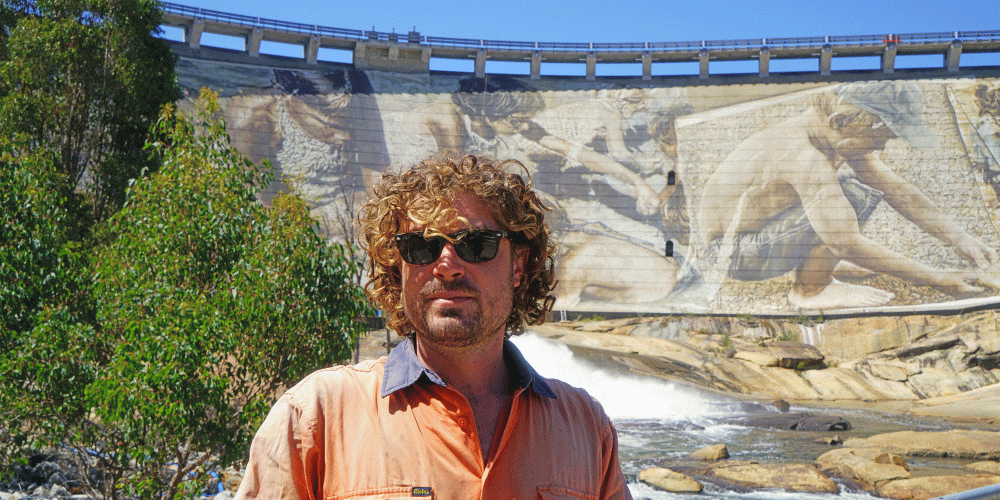

Collie – a great camping spot
Segmenting by lifestyle and values
The Wellington Dam is attracting new tourists to the Collie regions. Some are attracted to the region because of the excellent camping sites on the Collie River downstream from the dam and on the banks of the lakes that have formed in the old open-cut min sites. These site provide an alternative for campers who are looking to get closer to nature than a caravan park.
What does this have to do with marketing? Actually a lot if you consider the genre of leisure marketing and the associated products and businesses; then you begin to realise that leisure marketing is important. A stroll around one of the camping and fishing stores will demonstrate how for many demographics [including families] camping, fishing, clothing, 4 wheel driving are a regular part of their lives.
Consider how you would segment this market and communicate with them.
Search for the apps that provide information for this market segment.
Gnomesville
Being part of a community
Gonomesville is an example of how people often self organise, how they adopt and become involved with causes if there is meaning and how they generously share their experiences with others – even though there is no financial gain. This does not mean that businesses should start a collection of gnomes, however, they should be mindful of the importance of crafting a mega-narrative that provides meaning, purpose, and cries out to be shared.
The Bunbury Farmer’s Market
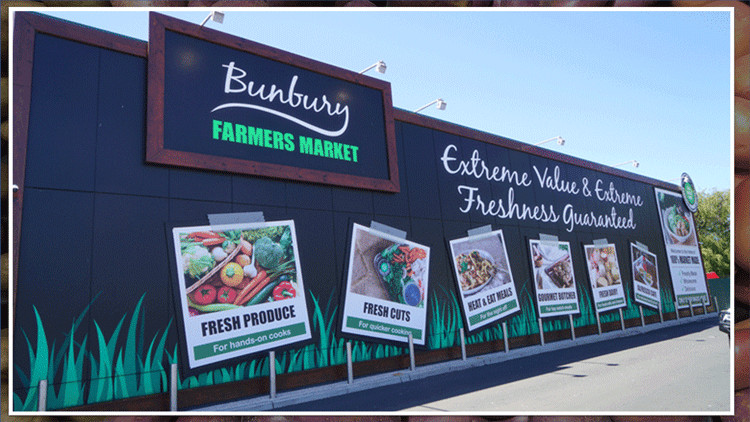
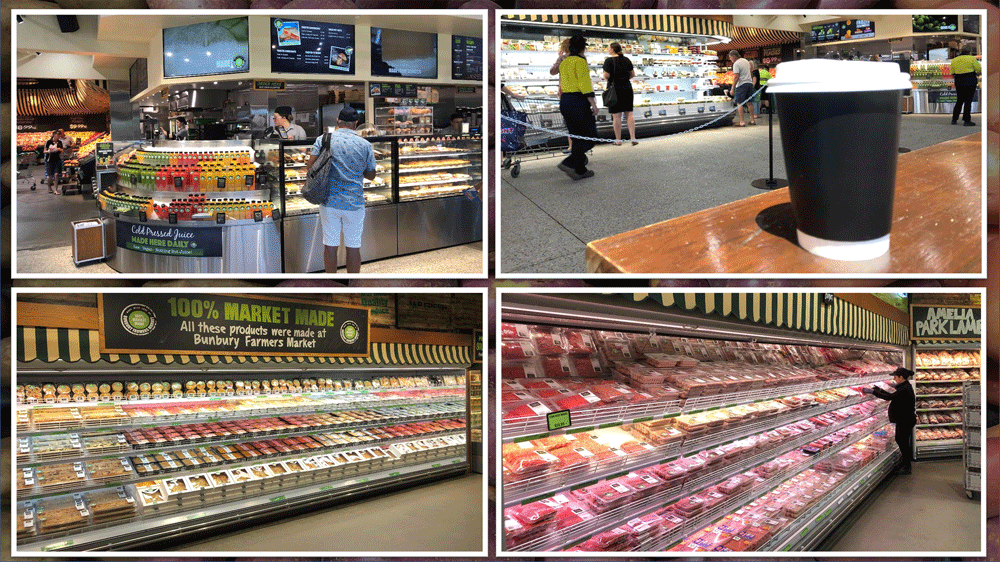
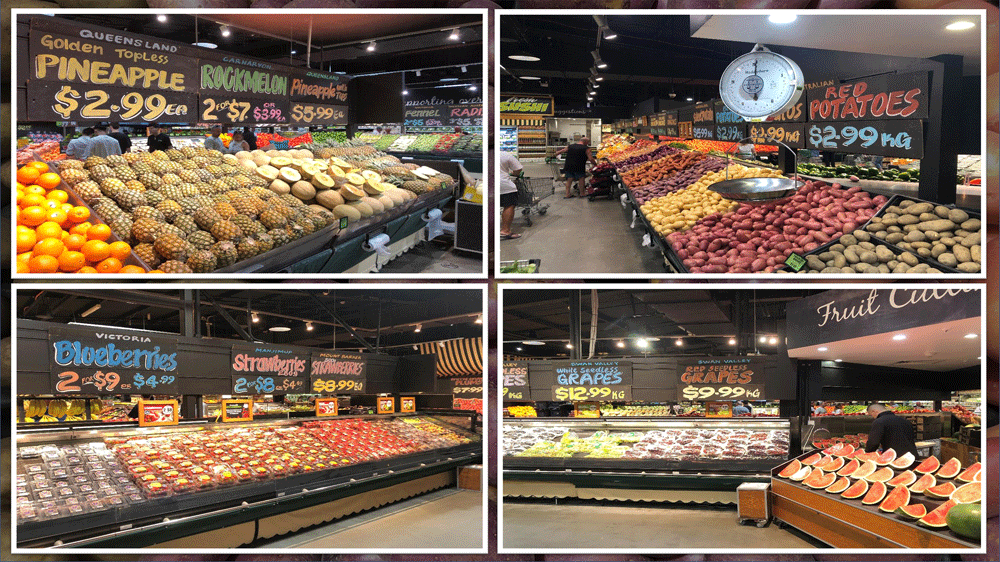
A must stop on any south west road trip is The Bunbury Farmer’s Markets. Now this is not a small organisation, but, many loyal customers will remember when it was.
You really feel that you have ‘escaped the city’ as you approach the outskirts of Bunbury. That feeling is strengthened as you walk into the Bunbury Farmer’s Market.
The Bunbury Farmer’s Market website states that their philosophy is ‘to provide our customers with Extreme Value & Extreme Freshness, Guaranteed!’. This philosophy is on display even if you have just stopped for a quick coffee and a sandwich/cake to go. However, few visitors would be able to resist a walk through the markets and see the beautifully presented produce.
Perhaps, the store layout is similar to the IKEA discovery approach – where the store layout takes you on a path of discovery and mystery. Discovering things you need and the mystery of what is around the corner. The Bunbury Farmer’s Market store layout also reminds me of the ‘castellated assembly line’ approach in some factories that I have visited. The idea is that rather than straight rows a castellated approach provides greater access in a smaller space and this allows for customers and staff to easily access the produce.
The layout also makes sense from a sales perspective – the cake section is something to behold.
The Bunbury Farmer’s Market is fully undercover and like good markets anywhere in the world there is a ‘market theatre’ – the seasonal produce, the activity of stocking and arranging produce, the signage, the scales, the smell, the people actively searching and selecting on the basis of quality and value.
Why have they grown over the years? Stocking the produce that customers need and want + quality, value, and a great customer experience – best satisfying.
If you eavesdrop on the conversations of ‘out of towners’ you will hear the recurring themes of ‘why doesn’t Perth have a market as good as this?’ and a pledge to stop here on the way home to pick up some … After all the Bunbury Farmer’s Market is conveniently located on a major junction.
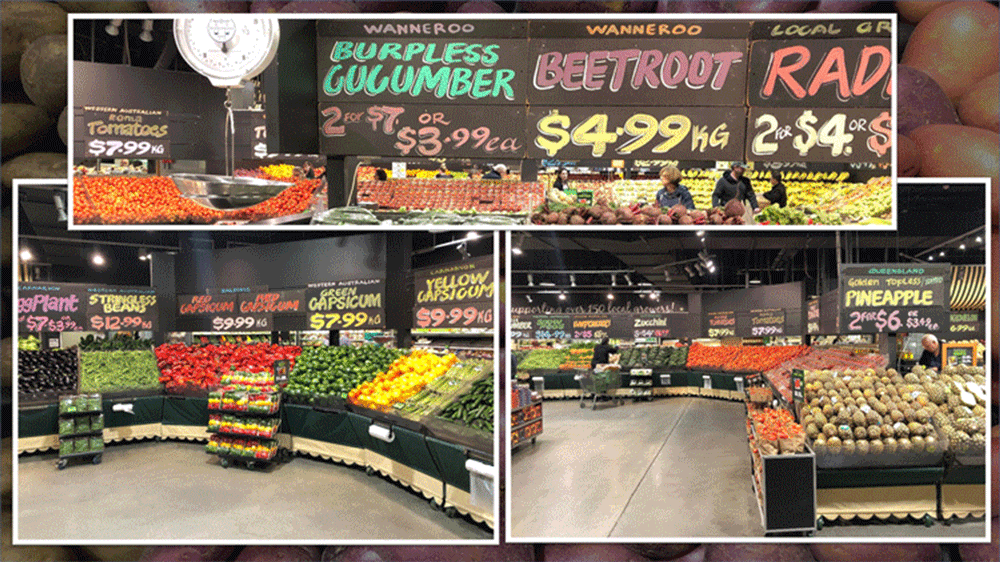
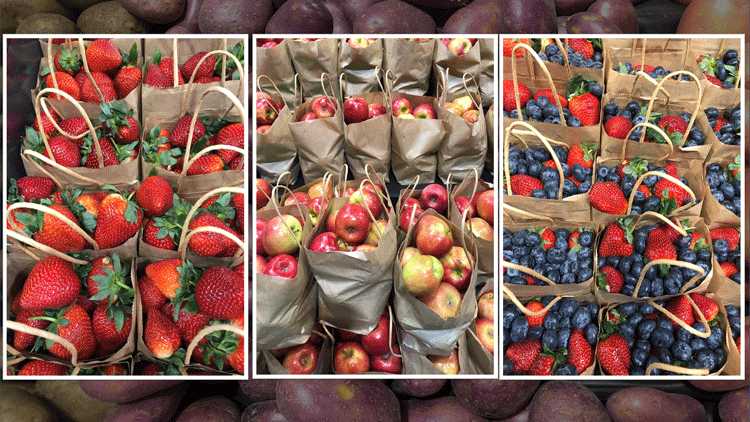
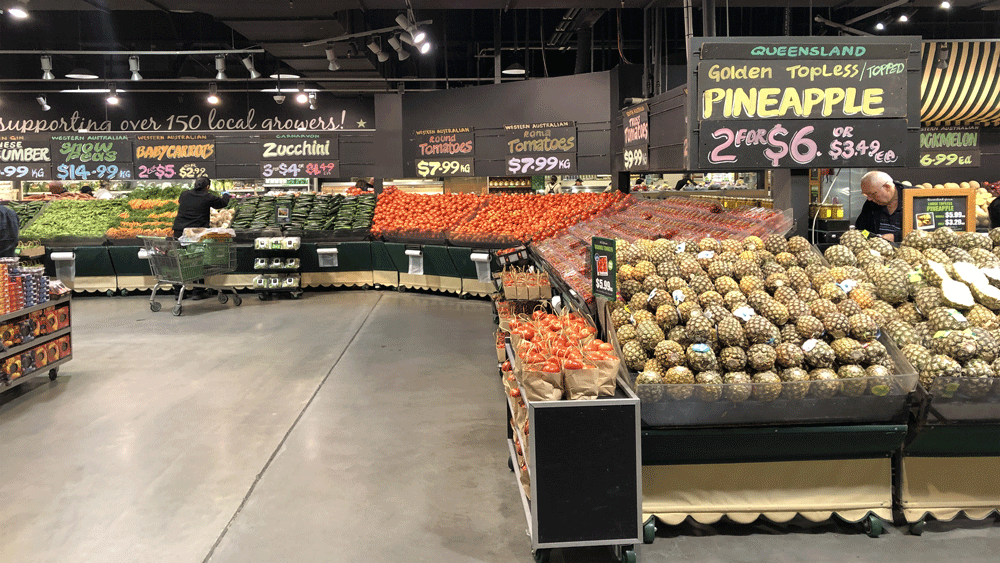
“
The Bunbury Farmers Market
What is it like if this is your local market?
“Whether you are a local or an out-of-towner, the Bunbury Farmer’s Market is not so much a market as an experience. It engages all the senses; the vibrant colours of the produce and the people, the heady aromas that wash over you as enter each section from freshly ground coffee, to oven baked bread, to fresh floral bouquets, the tastes of whatever samples are generously on offer, the euphony of conversation and delight as people stumble on the expectedly unexpected. It’s not a place you call into if you are just after milk and bread. It’s live theatre and you go there ready and willing to be part of the action.”
Dr Angela Bancilhon, [Academic and Bunbury resident]
The Busselton Jetty

Busselton
Repositioning is more than advertising
A 45 minute drive from Bunbury is the town of Busselton, which is part of the City of Busselton, a 1455km2 region with a population of around 39,000. The town of Busselton is located on the beach and unlike the nearby and famous surf beaches, the beaches of Busselton are mostly calm; this makes it ideal for long walks and for families. Busselton has plenty of accommodation and it has long been a magnet for caravaners.
In the past few years Busselton has undergone a transformation from uncool to cool. This is partly due to a bypass road that has removed the congestion, but, also due to considerable investment and a well organised tourism campaign.
The images above & below show the iconic Busselton Jetty, as I walked along the beach I noticed a group playing beach cricket – a typical Australian summer past-time. The next few images are of the Shelter Brewery [opened late in 2020] – check them out on Facebook and see if you can spot the key market segments.
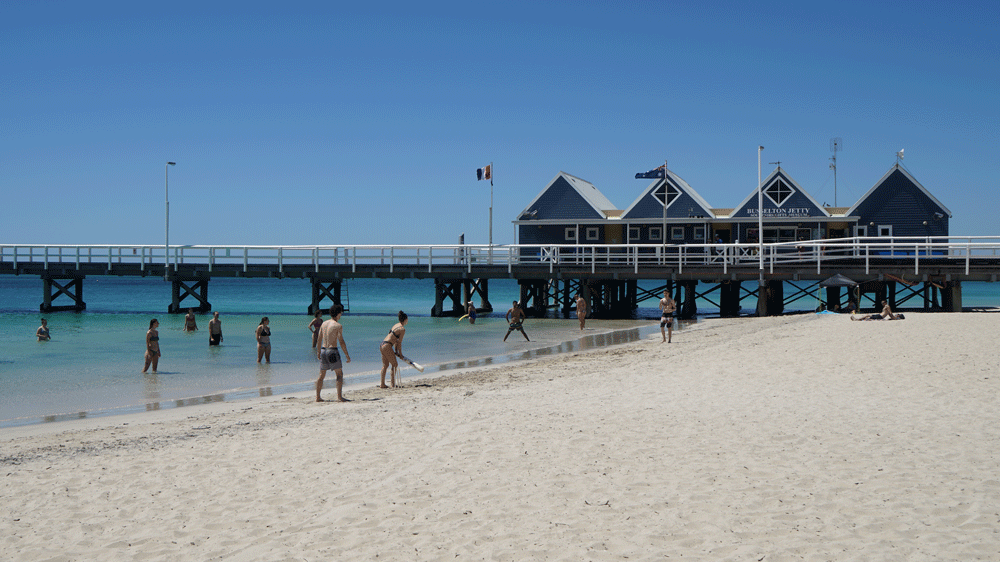
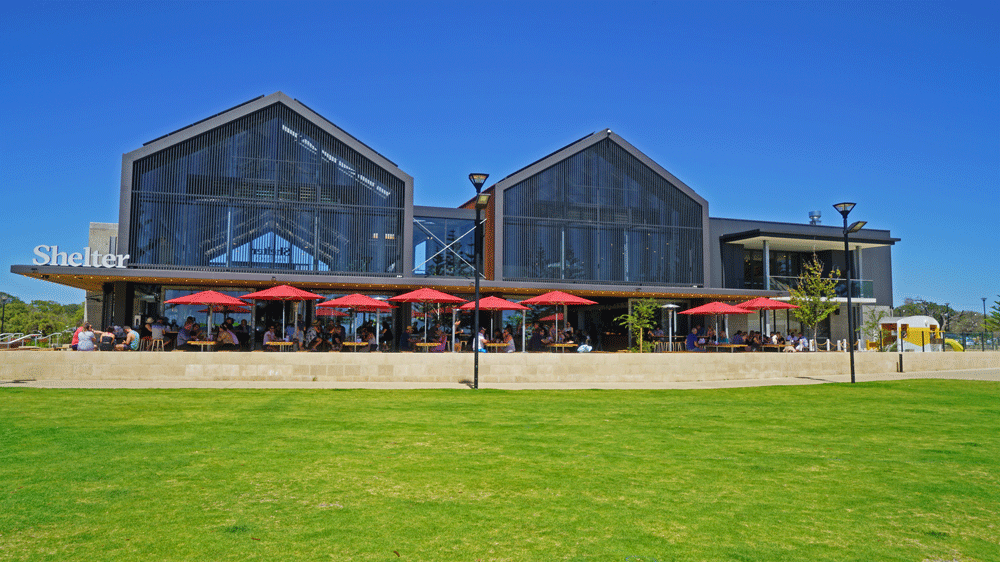
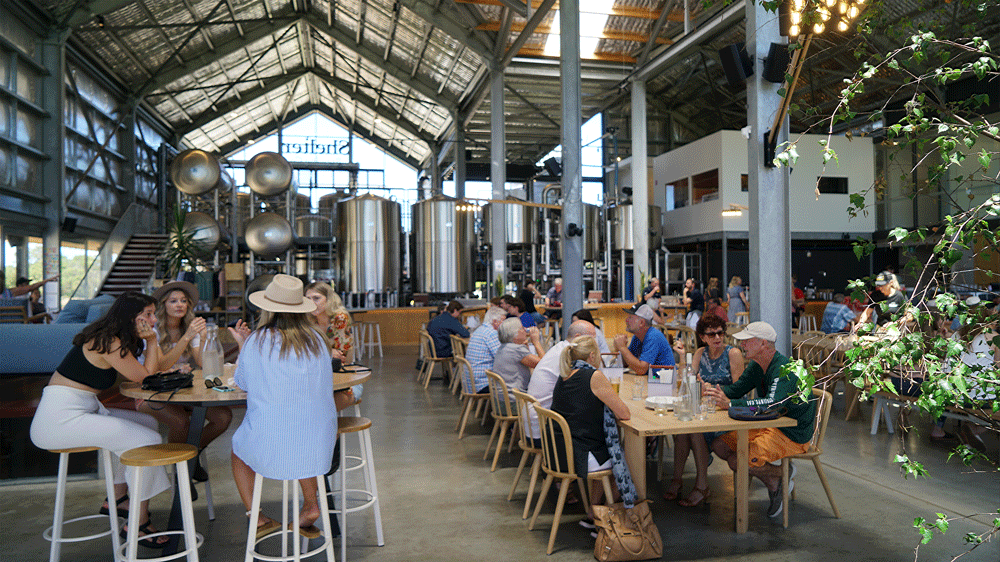
The takeaway
From a marketing perspective destination marketing is a lot more than an advertising campaign. Remember the marketing concept is built on the premise that organisations that best satisfy the needs of their customers are best placed to satisfy their own need. Build good infrastructure, provide good quality and value and remember expectations are related to satisfaction.
Keep in mind that over promising and underdelivering is like a one time sugar fix.
Cowaramup – the town saved by cows
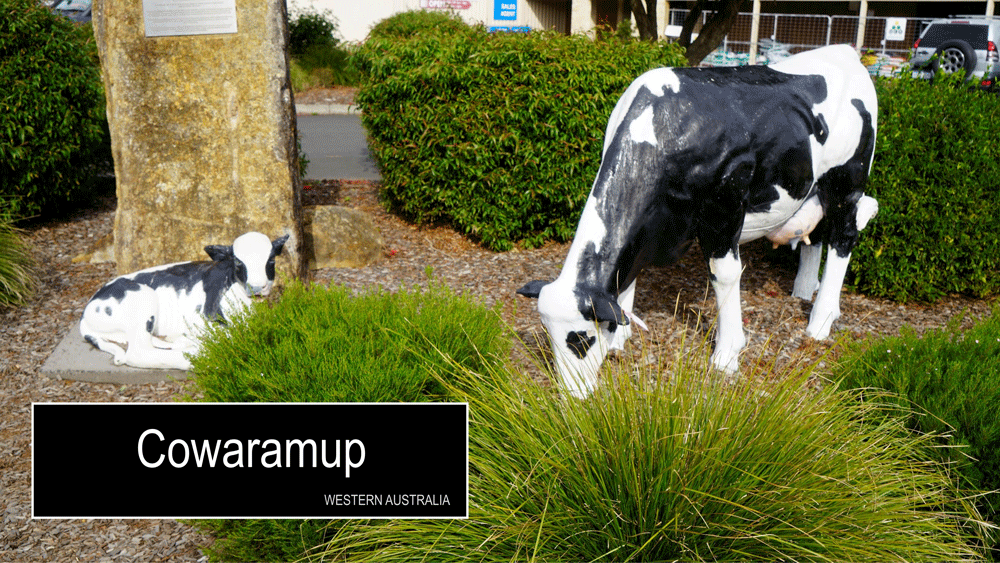
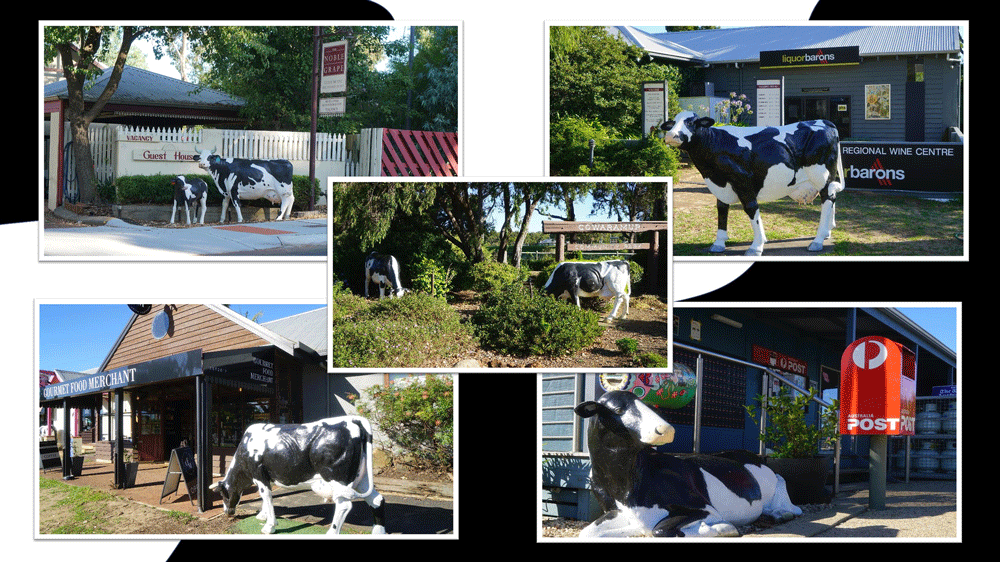
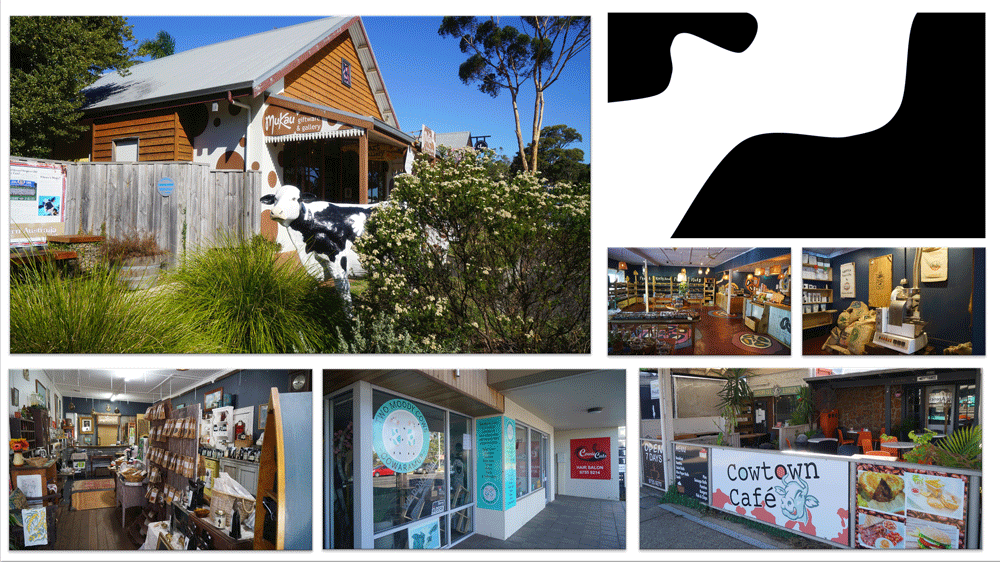
Cowaramup – The town saved by cows
There are many towns that end with ‘up’ in Nyoongar dialect this means ‘place of’. Therefore, many think that Cowaramup is the ‘place of the cow’ – after all an exploration of this town reveals over 40 Fresian fibreglass cows.
However, Cowaramup is actually named after a bird – the Cowara [i.e., the place of the Cowara]. But why let the facts get in the way of a good story?.
The late Lorraine Teasdale, is fondly remembered as promoting the idea of a herd of cows wandering and grazing along the main street of Cowaramup; she fed the idea to the local Lions Club and they through the sponsorship of local businesses made it all happen. Some credit the cows for saving the town, I guess we will never know, however, so many small Australian towns are in decline at a time when Cowaramup is thriving.
A few locals stated that Cowaramup was once a drive through, where cars hardly slowed down, and now it is a rest spot for many and a destination for many others. According to Wendy Silby, owner of the Mu Kau, there are many reason for Cowaramup’s success, such as the locals are friendly and welcoming, the business people provide good old fashioned country service, and the cow theme is fun for all ages and a novelty. Wendy has been kind enough to share some of her key success factors for others in business.
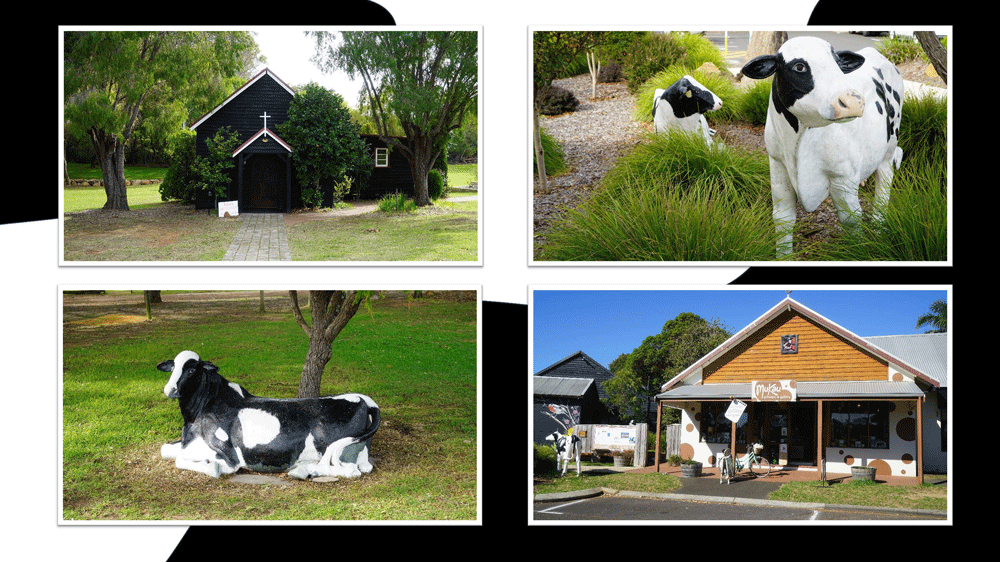
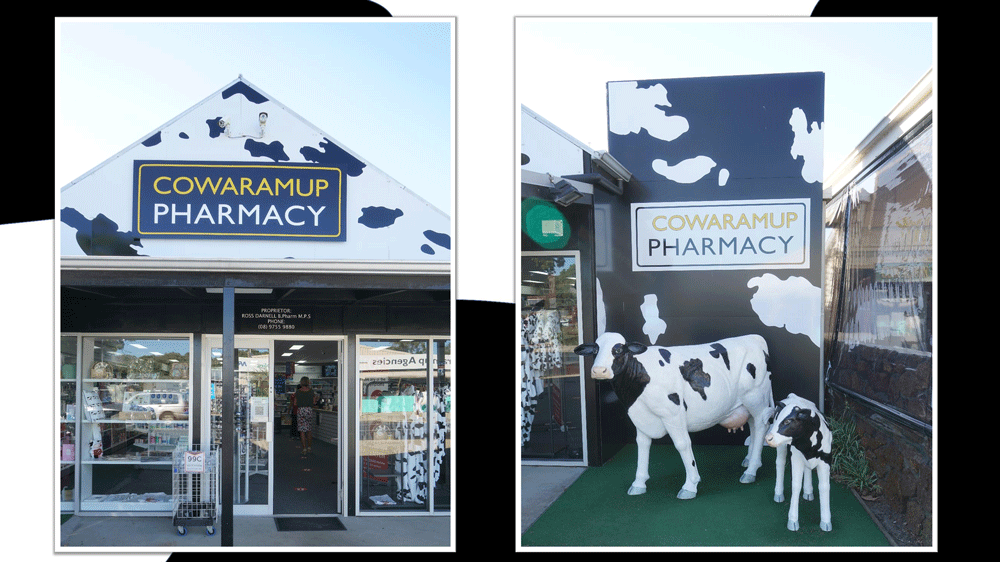
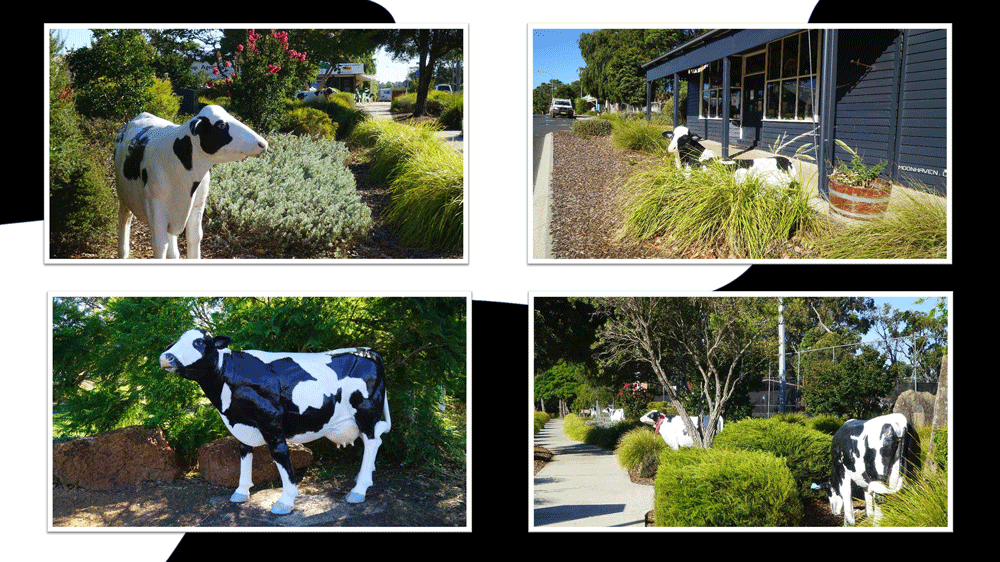
A quick online search will reveal the extent that people have embraced the cows and have created imaginative ways to upload posts. What is interesting is that the cows are dressed to reflect different events throughout the year [e.g., Christmas].
You may notice that the Cowaramup Pharmacy has Cow Onesie suits for sale. Each year in July Cowaramup conducts An Udderly Legendairy Country Fair where people dress up as cows [hence the Cow Onesies]. In 2014, Cowaramup broke the world record for people dressed as cows. What is interesting is how the Pharmacy has created a space for selfies and smartphone photography in what could have been a bare wall – great initiative and an example for may businesses – maybe restaurants and bars.
What is interesting, from a destination marketing perspective, is how the locals have embraced the cows to create a memorable experience and a reason to amplify social media. However, what is unique and special to visitors may become everyday to locals. It is clear that whilst the cows of Cowaramup may benefits tourism related businesses it may not provide direct benefits to agricultural related businesses and business that provide services primarily for locals – but it will provide indirect benefits.
Even the butcher has adopted a couple of cows.
There are many businesses that have positioned their businesses around the cow theme Mu Kau [Moo Cow], Candy Cow, Cowtown Cafe Two Moody Cows, Cowie Cuts which adds to the visitor interest and experience.
A great wine region [one of the pioneering wine regions in Western Australia], the rolling countryside, great surf spots makes Cowaramup a popular getaway for many. Cowaramup is a great place to visit the spectacular coast and beach side hamlets.
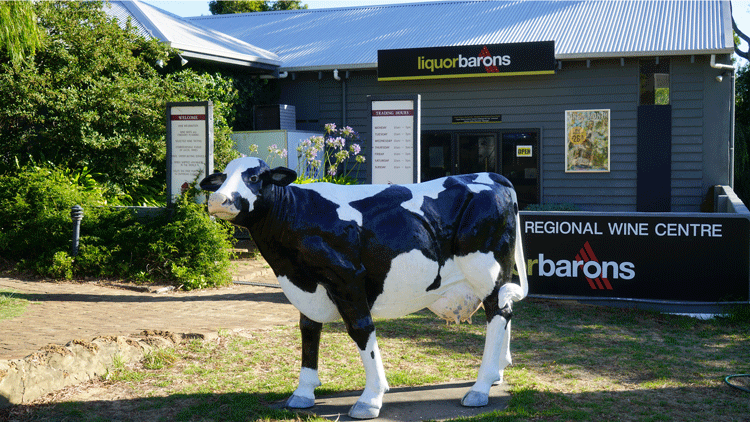
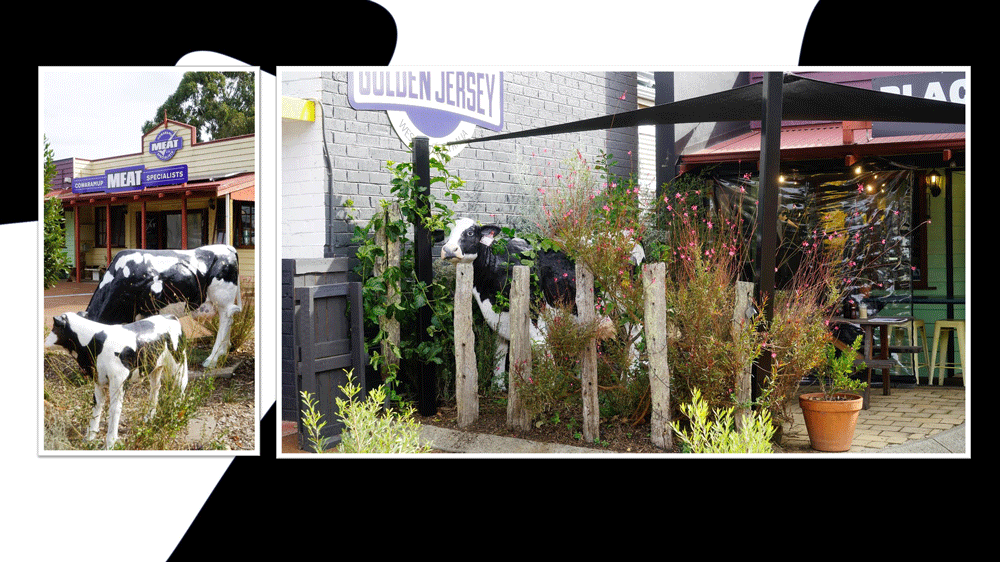
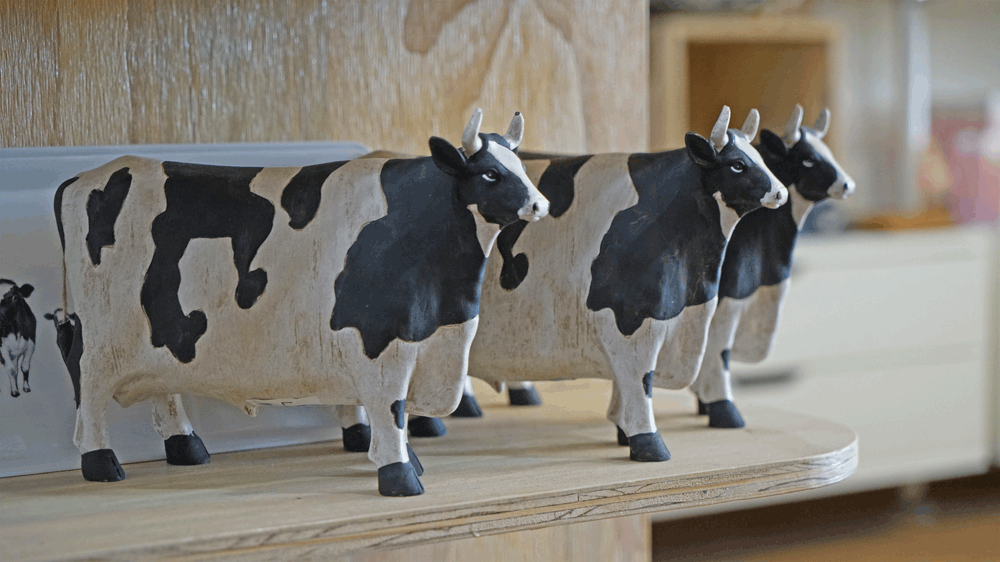
“
MuKau [moo cow] Giftware & Gallery
I just wanted a store that could have a little something for everyone.
I love shopping so I thought why not turn it into a business and shop professionally collecting all my favourites in to one place! We stock everything from handbags, jewellery, books and candles to stationery, novelty gifts, children’s games, soft toys and baby gifts. We also have an art gallery upstairs for local artists. My husband and I are both Kiwis and also lived in Melbourne for 20 years. We did a lap around Australia with our two children and fell in love with the South West of WA so moved here in 2011 and set up the shop. It’s a beautiful part of the world and is central to the Margaret River wine region. Cowaramup is a town of around 2000 and the community is gorgeous and the people travelling here are lovely too. They’re on holiday so are pretty relaxed which makes working in the business enjoyable. I love meeting people and hearing their stories. Luckily customers seem to like what I like so it works.
I think it’s also a combination of a number of other things that need to be right for customers to truly enjoy the shopping experience.
Wendy Silby [owner MuKau]
The following images provide a hint at the fastidious layout and range of products at Mu Kau
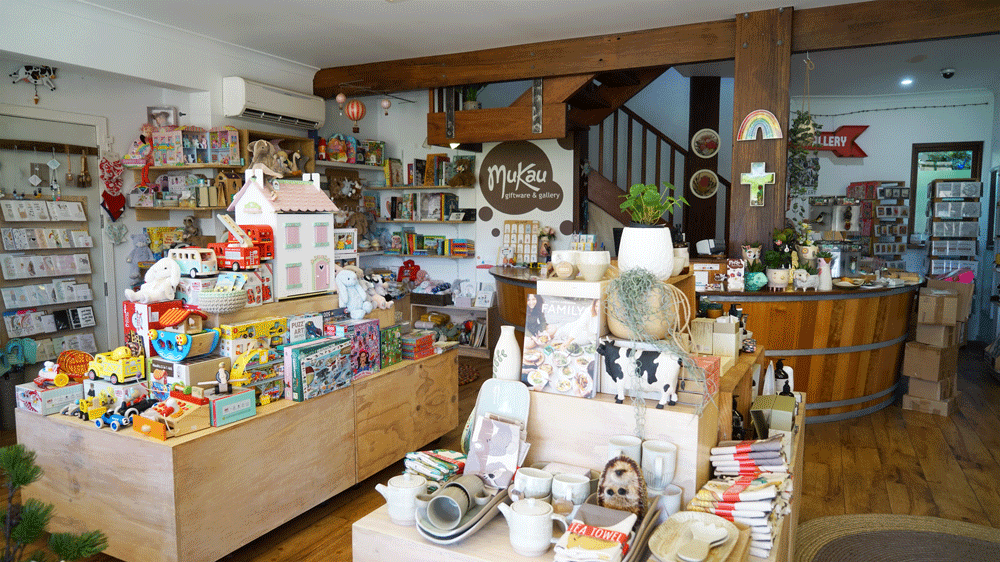
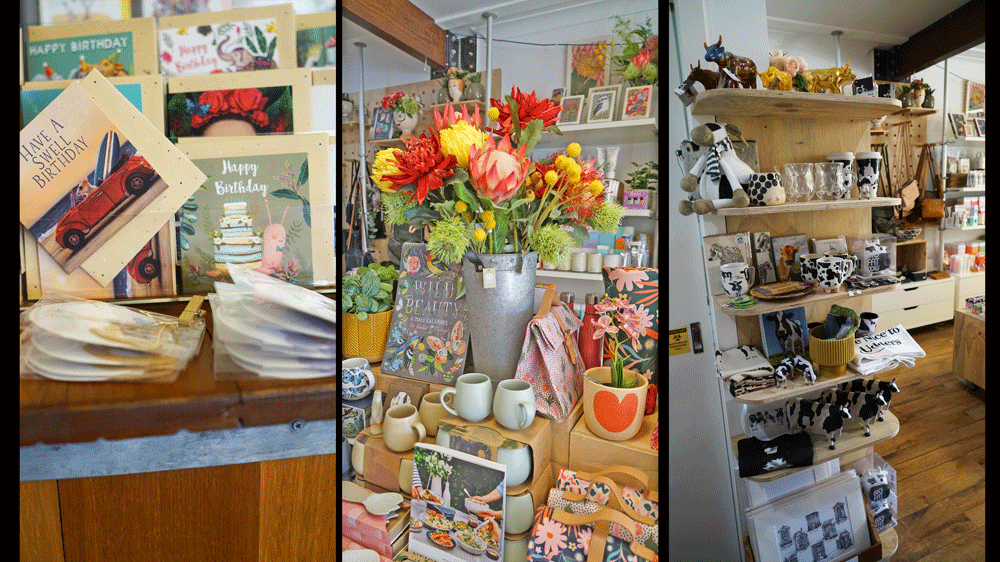
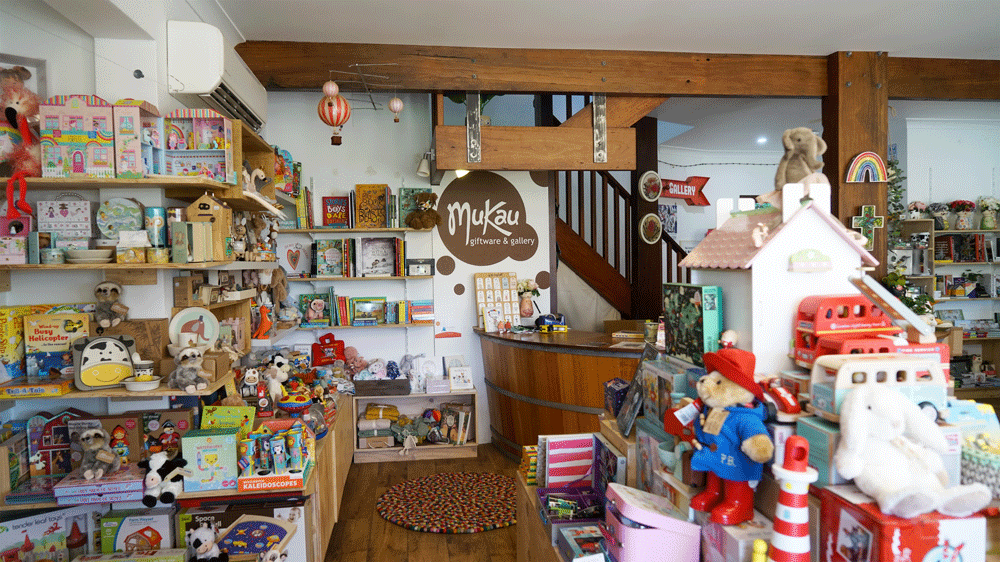
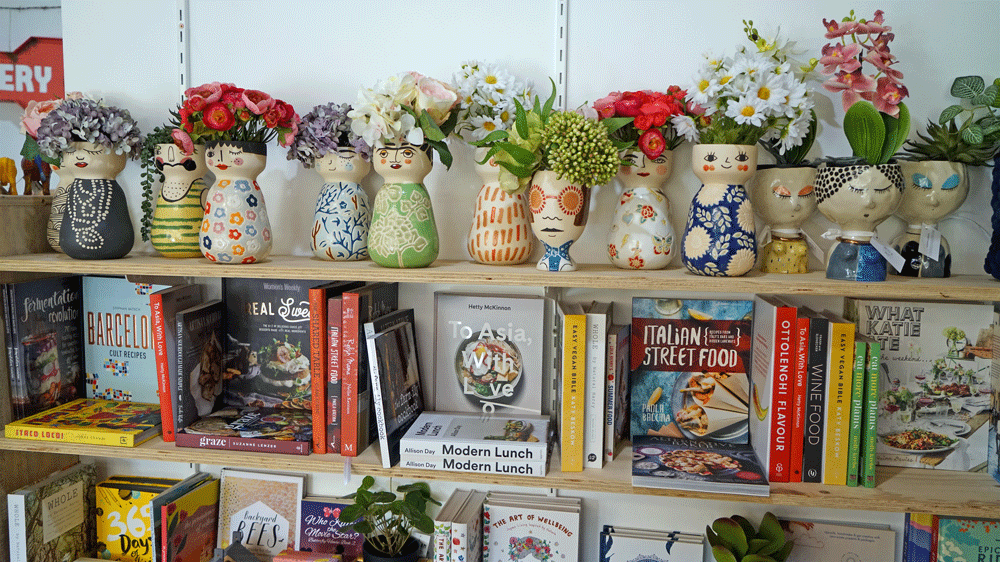
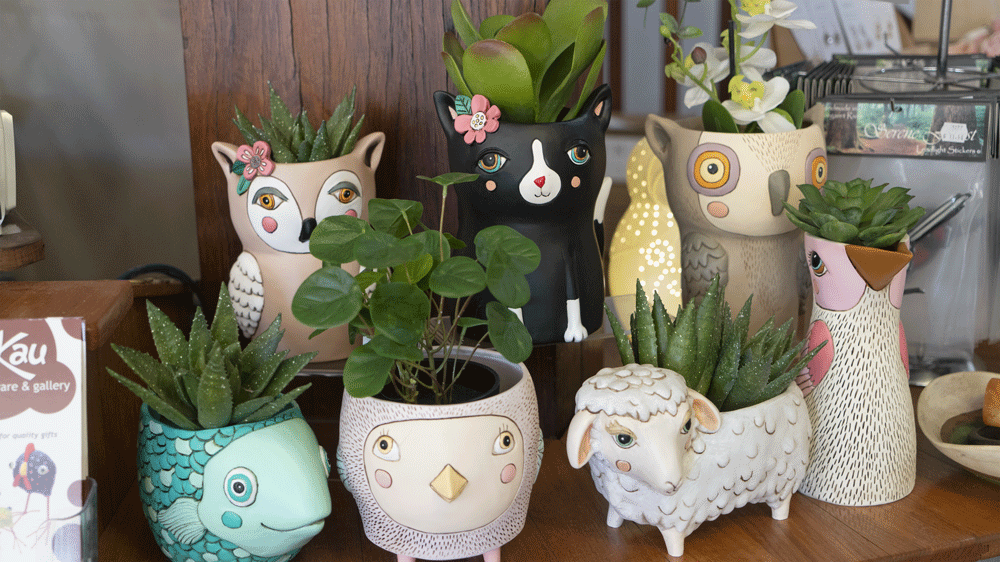
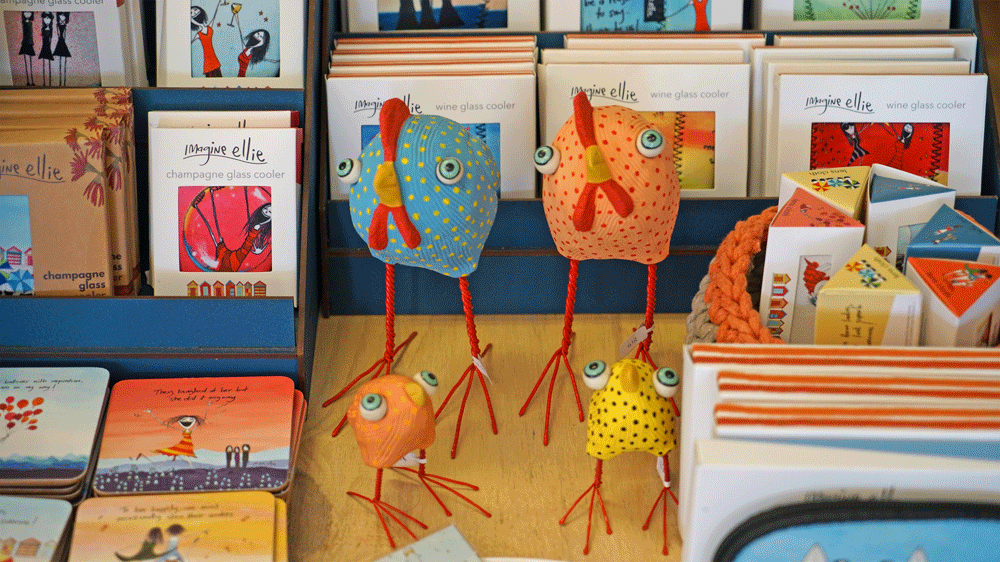
“
My thoughts for a successful store are:
- Products – understanding your market and stock great products
- Merchandising and layout – presentation is the key. Keep the shelves clean and restocked. Store layout is important as you want a good flow around displays for ease of movement; keep in mind customers with prams, wheelchairs and handbags slung over shoulders.
- Store Location – being near complimentary businesses will increase sales and reduce promotional costs
- Personal touch – be sincere – make the customer feel welcome [smile], try to personally greet and thank each visitor, offer assistance without being pushy
- Keeping it real – I believe customers love to be served by the owner and I know it’s not always possible but it keeps it real if you’re in store as much as possible. If you’re not, make sure you have staff that love your business as much as you do – staff selection is important. So keep your staff happy, train them well and listen to their needs and they will in turn look after your customers [think WOM and repeat custom].
- Ambiance –. Creating a safe and calm environment at a comfortable temperature and setting the tone with appropriate music (no headbanging loud music]. A nice fragrance but not overpowering.
- Marketing – I believe in building word of mouth and repeat business. As far as communication, a great online presence certainly helps and Instagram and Facebook are two platforms that are cost effective [time is a cost]. When it comes to social media, I believe in quality over quantity – it must resonate.
Wendy Silby [owner MuKau]
As the online comments suggest, Wendy’s advice is sound advice
“
I walked into this store and wanted to buy everything! … The owner has a very good eye for quality products that have a difference…
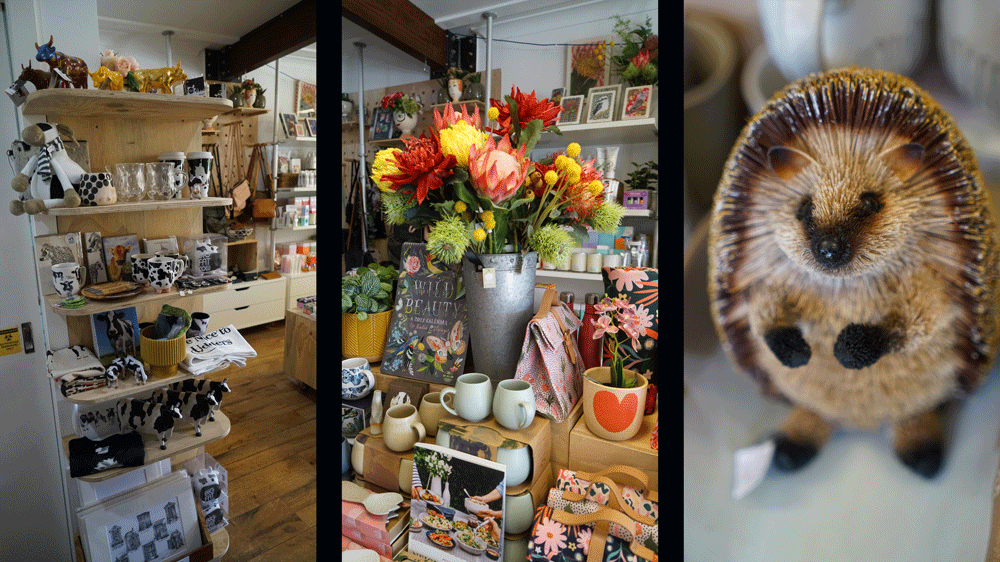
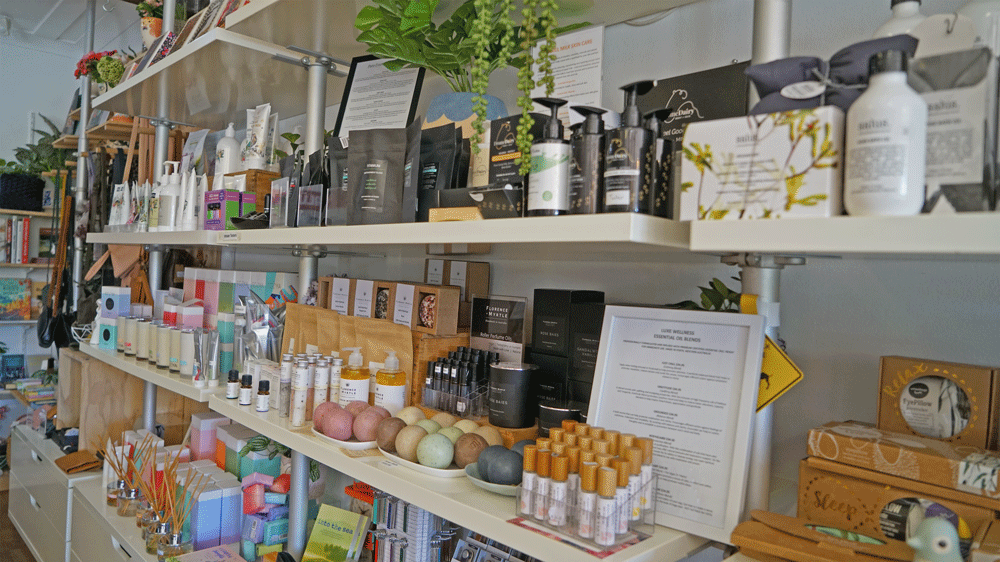
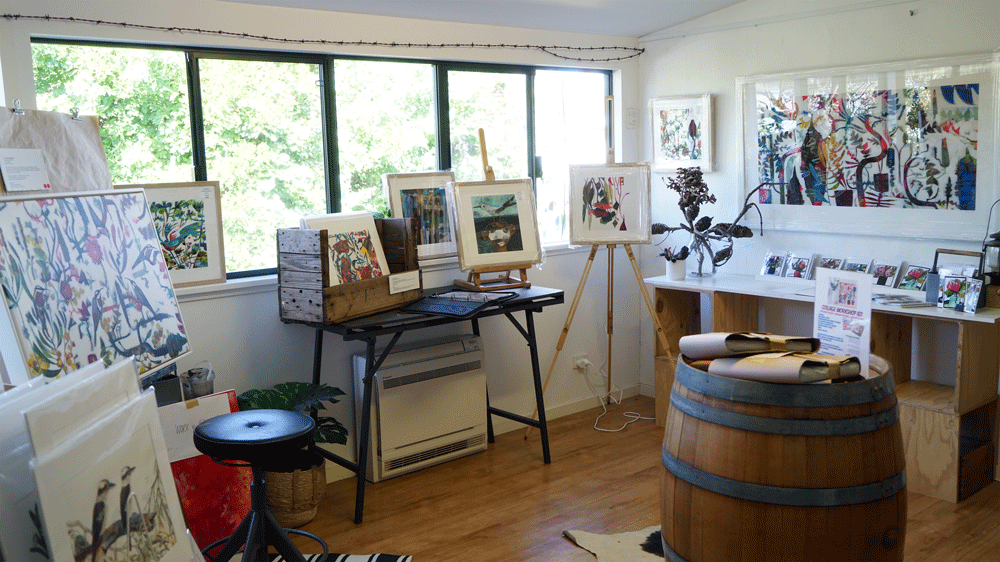
“
Just a couple of things about the Cowie Cows
The cows and dairy are part of the history of the area – We were so lucky to have a town that has the link between the name and the past industry. Many of the Lions club members [who drove the cow project] were dairy farmers and many of the local community have links through family and grandparents. Cowaramup is a name that lends itself to many puns – and a little bit of humour never hurt anyone! Plus it frees business owners to develop a more creative and distinct approach.
Anecdotally, after the cows moved into town most of the town’s businesses experienced an immediate 10% growth in turnover. We have now moved from being a ‘blink and miss it’ town to being a secondary destination to most tourists visiting the Cape to Cape region.
There is no doubt the community took ownership and care of our herd and made this idea work. This is a great community and it wouldn’t happen without the support of so many.
Jill Turton, Director Stocker Preston, President of the Cowaramup Business Association Inc.
Nannup + Flower Festival + Holberry House
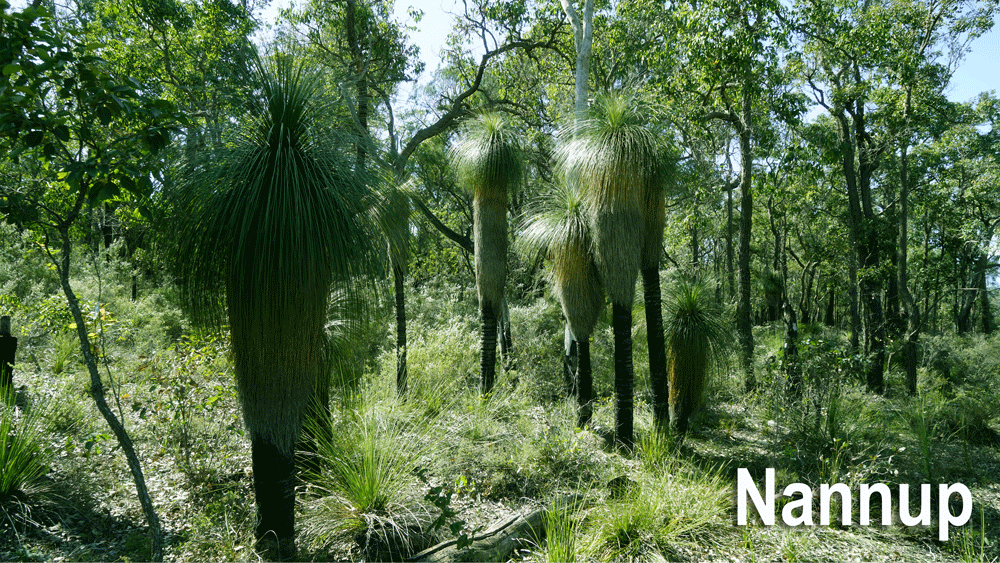
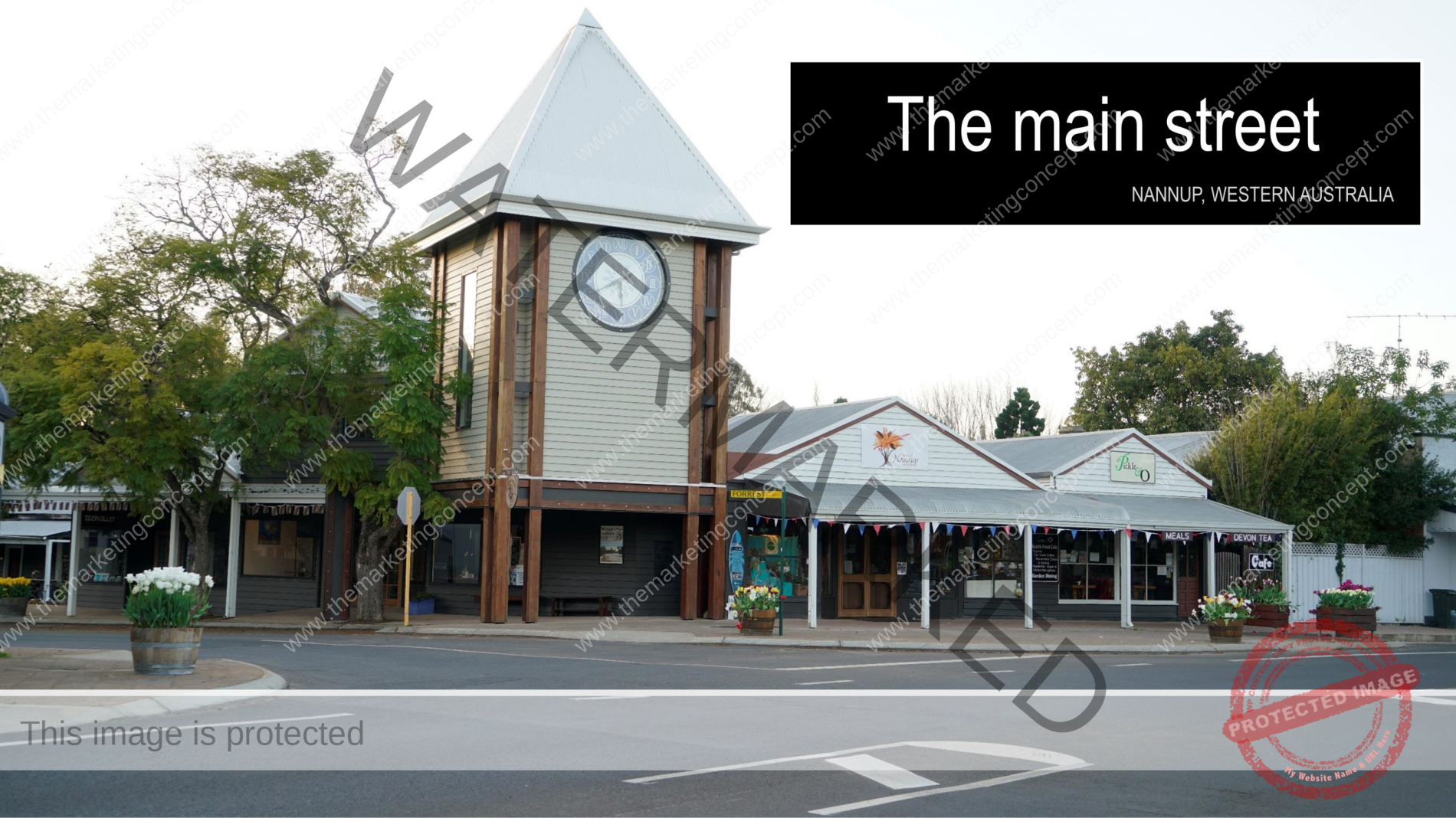
Nannup is located on the banks of the Blackwood River and surrounded by natural forest. It was once a major timber town. Close by are a number of sites of former timber towns that are now returning to nature – with only a glimpse or two of their former lives.
Today, Nannup is a small country town with agriculture and tourism [some timber and beautiful Jarrah furniture] are the main economic activities. As a place to live, Nannup is attractive to people seeking a quieter, less consumer lifestyle within an engaged community.
The town has the usual small town facilities – schools, a pub, bowling green, and volunteer services, art centres and coffee shops – there is a memorial to the service people who lost their lives serving their country.
Nannup, in the Noongar language, means ‘meeting place’ and this is appropriate as it is centrally located to many of the better known south-west tourism attractions – on the other hand this means that Nannup is an ideal base to explore the south-west.
There are a variety of craft and artisan shops in the main town and a few dotted around the region. The locals appear to have a sustainable attitude to the forests and the timber is considered sacred.
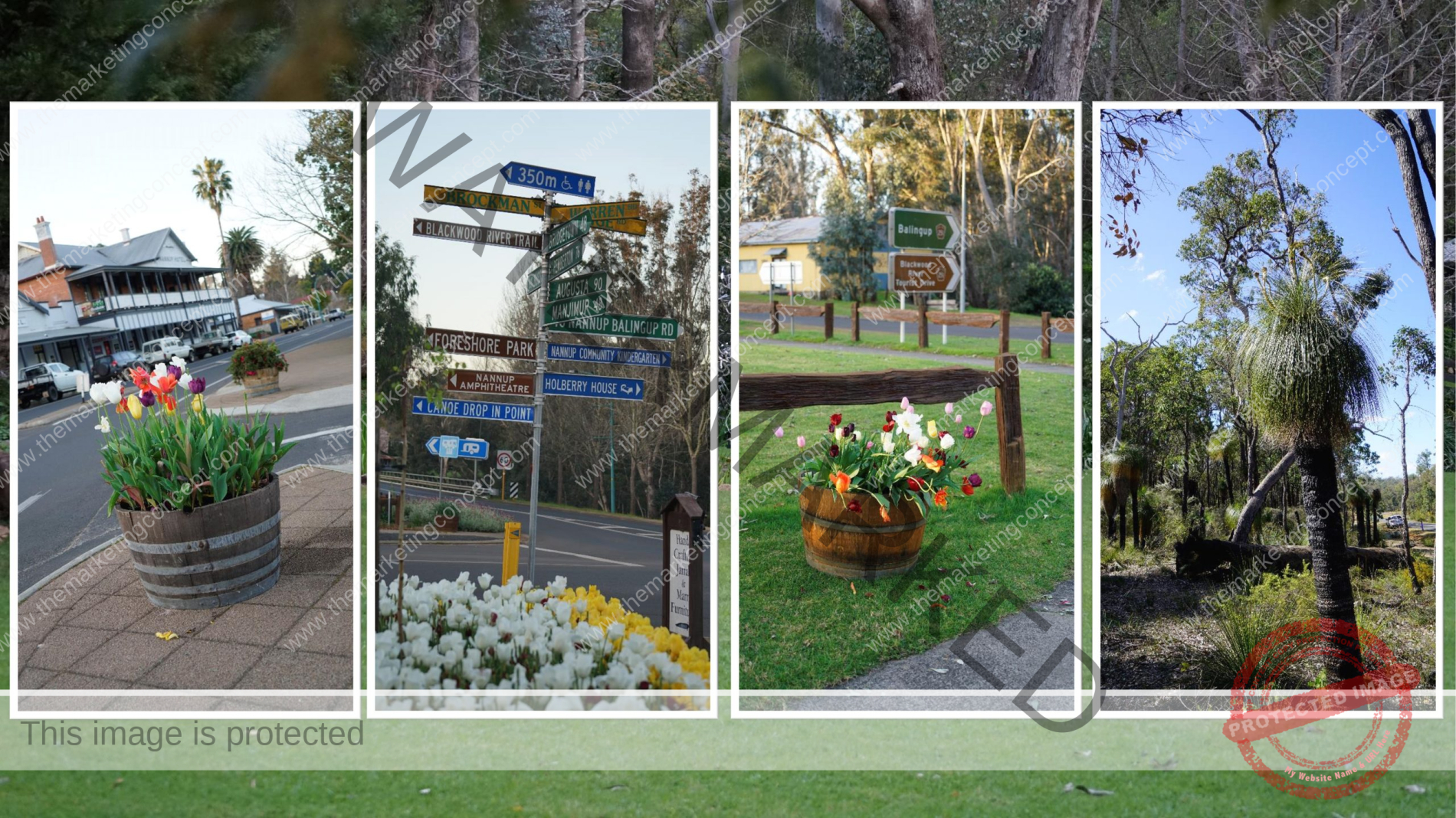
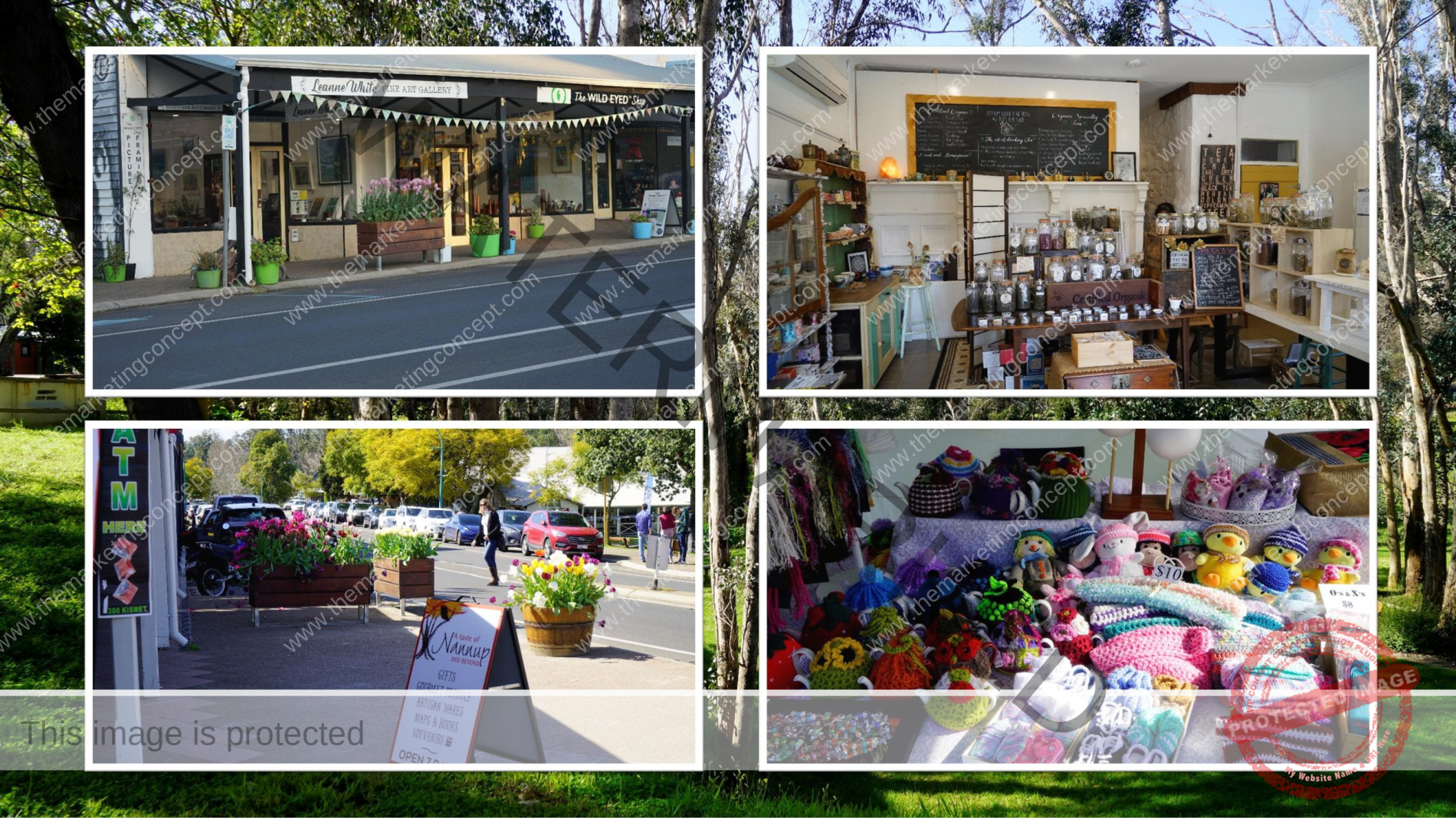
Tulipmania comes to Nannup
Often described as the ‘Queen of Flowers’, Tulips are distinct, discernible, and desirable and for 1,000 years a great deal of effort has been devoted to designing and delivering new cultivars.
Although Tulips are often perceived as ‘typically Dutch’ they were a long-standing emblem of the Ottomans. Tulips are a member of the Liliaceae family, they originated in south-eastern Europe and the middle east. It is thought that the Tulipa nomenclature was first allocated by the Persians to highlight the resemblance to a turban. Once introduced, the tulip was enthusiastically embraced by the Dutch in the 17th century and was a popular subject during this golden age of Dutch art, moreover, an interesting part of Dutch Tulip history is the boom and bust of Tulipmania.
For many people, a springtime visit to Holland and, in particular, Keukenhof Gardens is a seminal life event.
We can see that there is an enduring fascination with Tulips and with Australia’s hotter-drier climate cultivating Tulips presents a number of challenges. Much of the pioneering work and promotion in Australia was undertaken by Tesselaar’s Nursery in Victoria. The Tesselaar family, with their Dutch horticultural heritage have endeavoured to create the romance of the Dutch tulip fields and the magnificent of the Keukenhof Gardens in Australia.
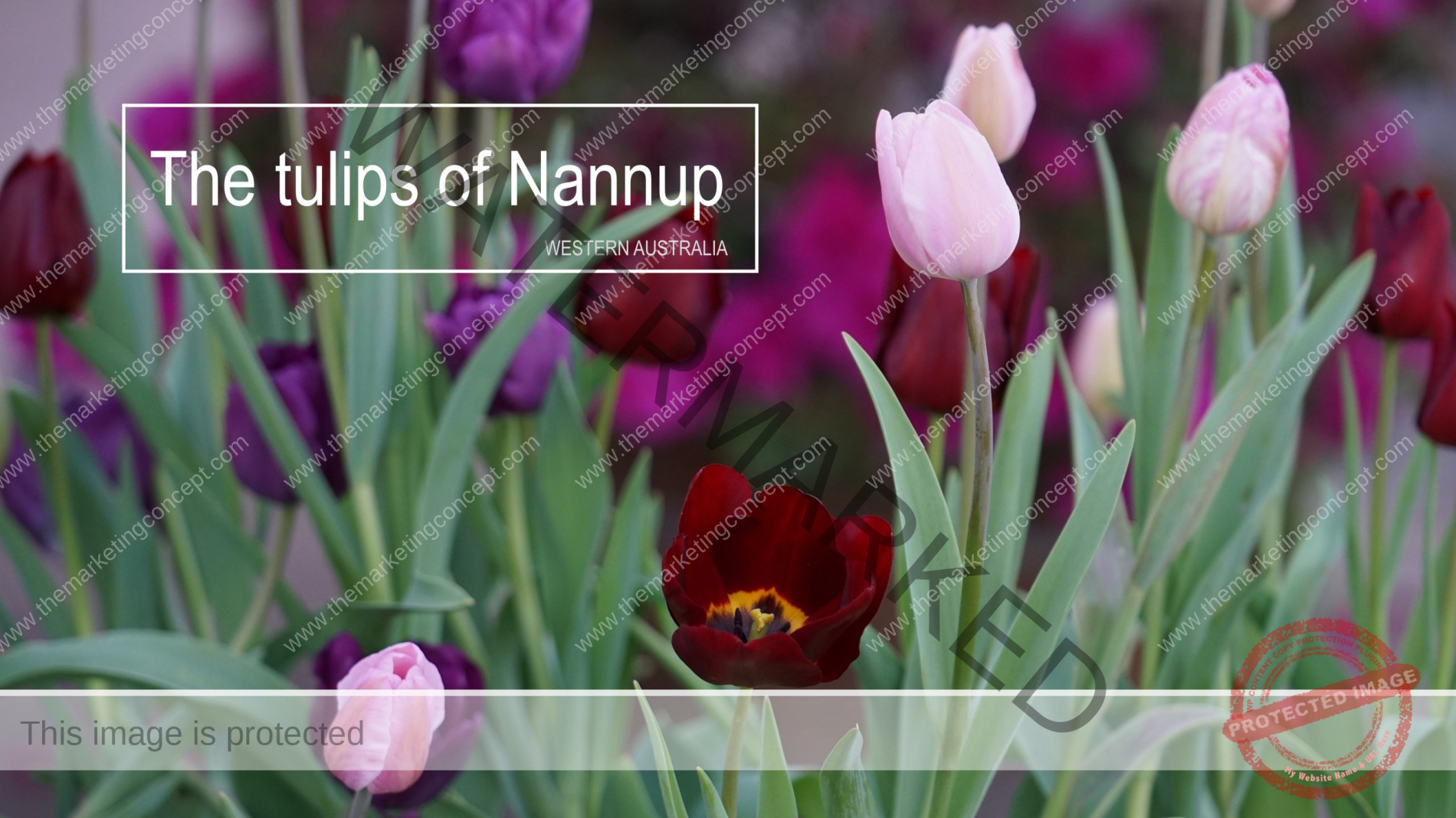
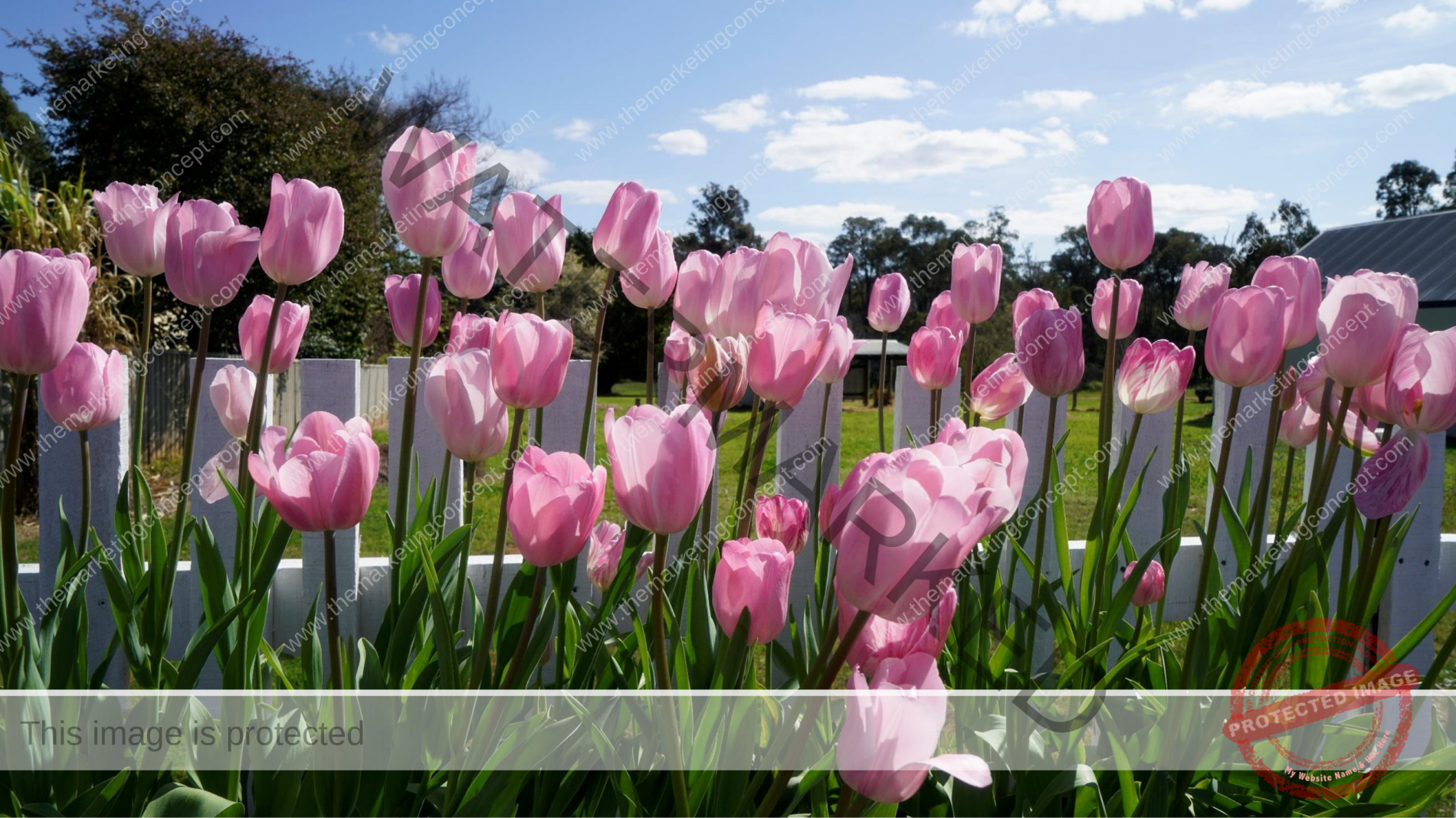
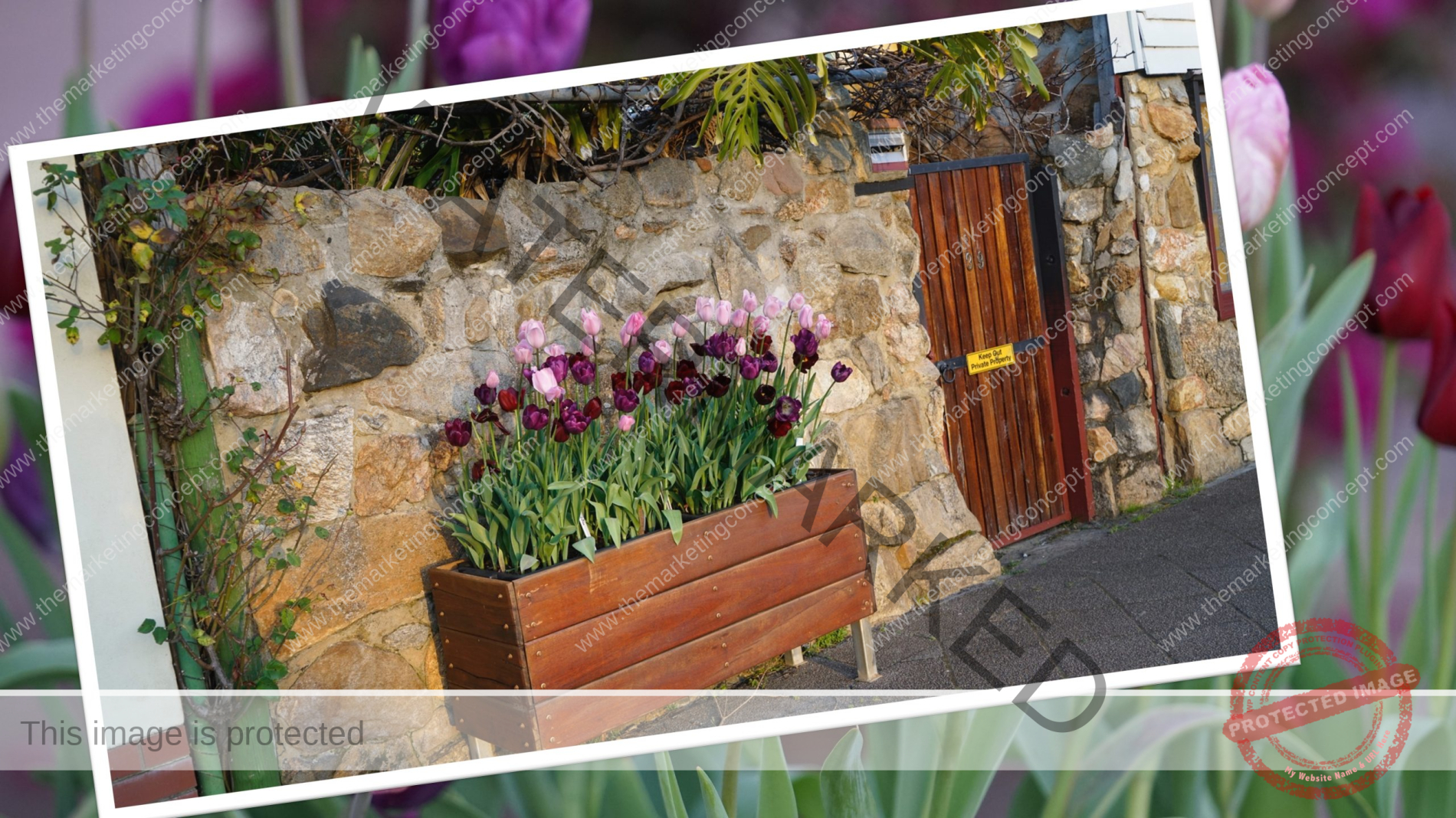
Each year, for over 20 years, the Nannup Garden Village Inc has conducted a flower festival. According to the Chair, Maggie Longmore, the event has evolved over the years, however, the Tulips are still the ‘main highlight’. She states that the COVID 19 pandemic in 2020 provided some new challenges. With travel only permitted within the state the Tourism body urged Western Australians to ‘WANDER OUT YONDER IN WA’ the event was a resounding success as visitors took the opportunity to rediscover their own state. After the success of the 2020 festival and with a few tweaks to the format Maggie Longmore states that ‘with more Tulips ordered already, we are sure that for 2021 Nannup will be a blaze of colour’.
According to Maggie Longmore, promoting an events with enormous social benefits and limited income also has challenges. Her advice is that careful planning and media diversity is needed – she states that we have ‘had good success with social media, some print media, radio interviews, but word of mouth and past attendees always rate highly’.
I should have mentioned that, the much loved and awarded Nannup Music Festival, now in its 32nd year is held each February – another event that brings the town together and people to the town.

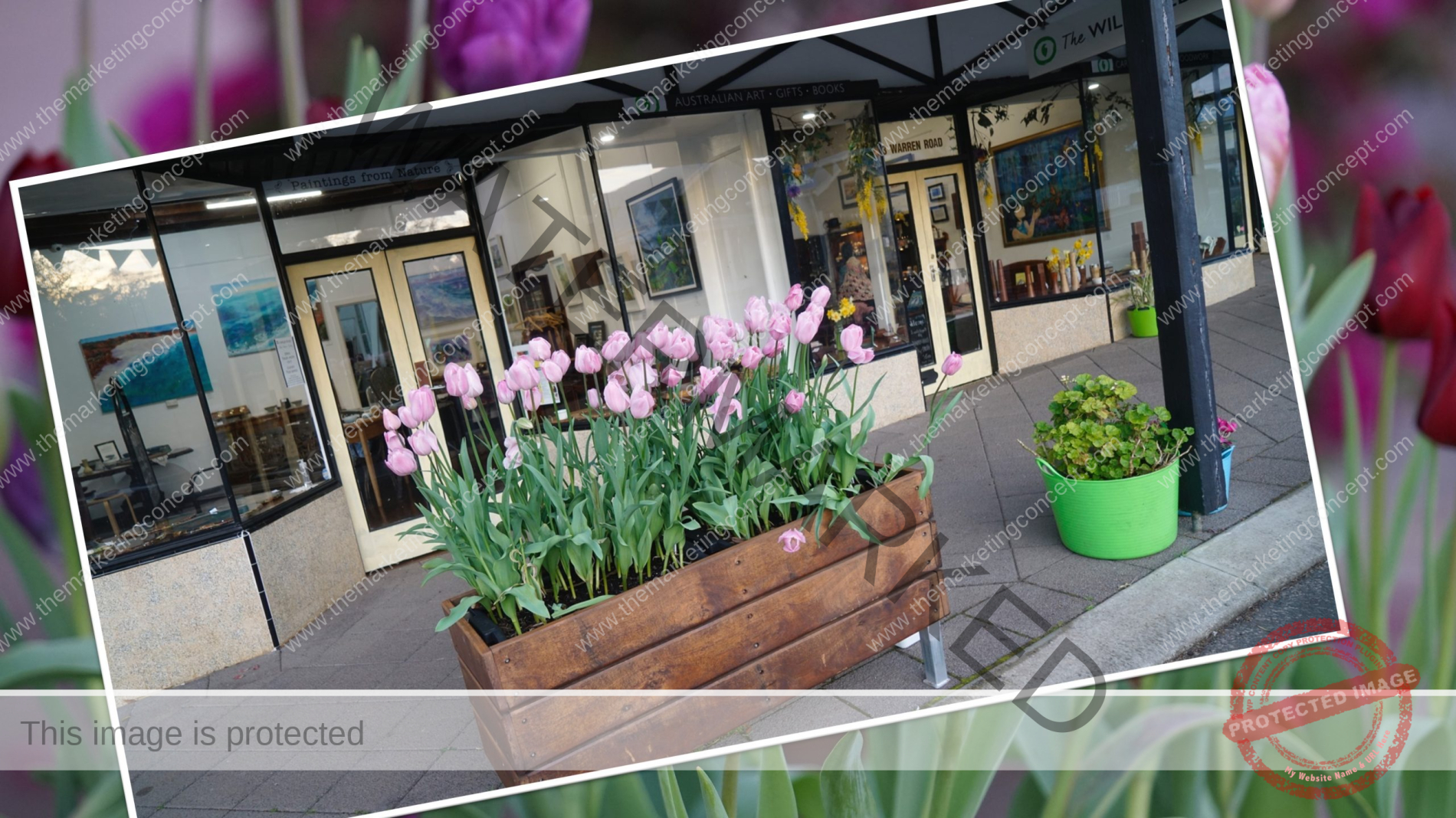
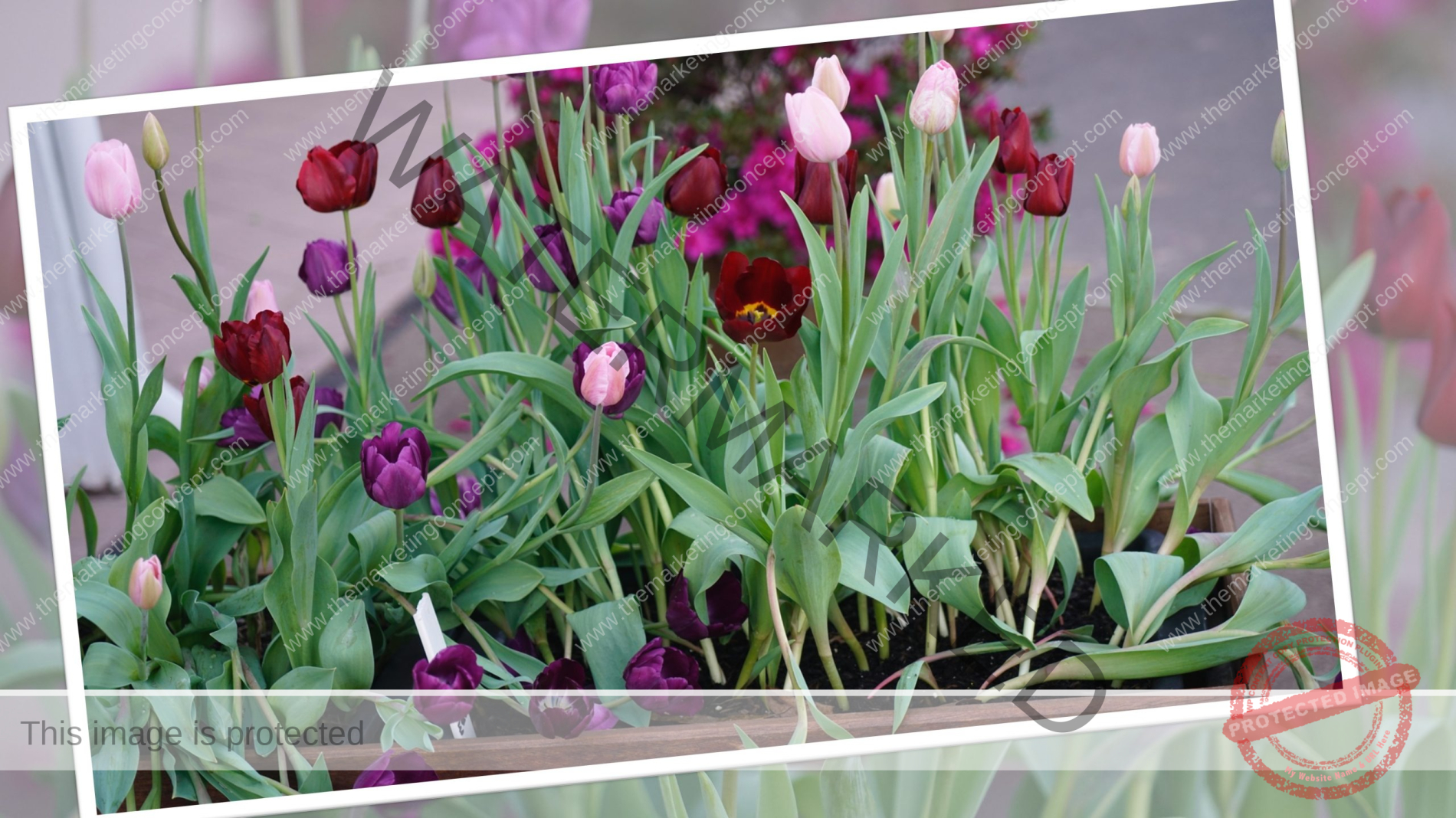
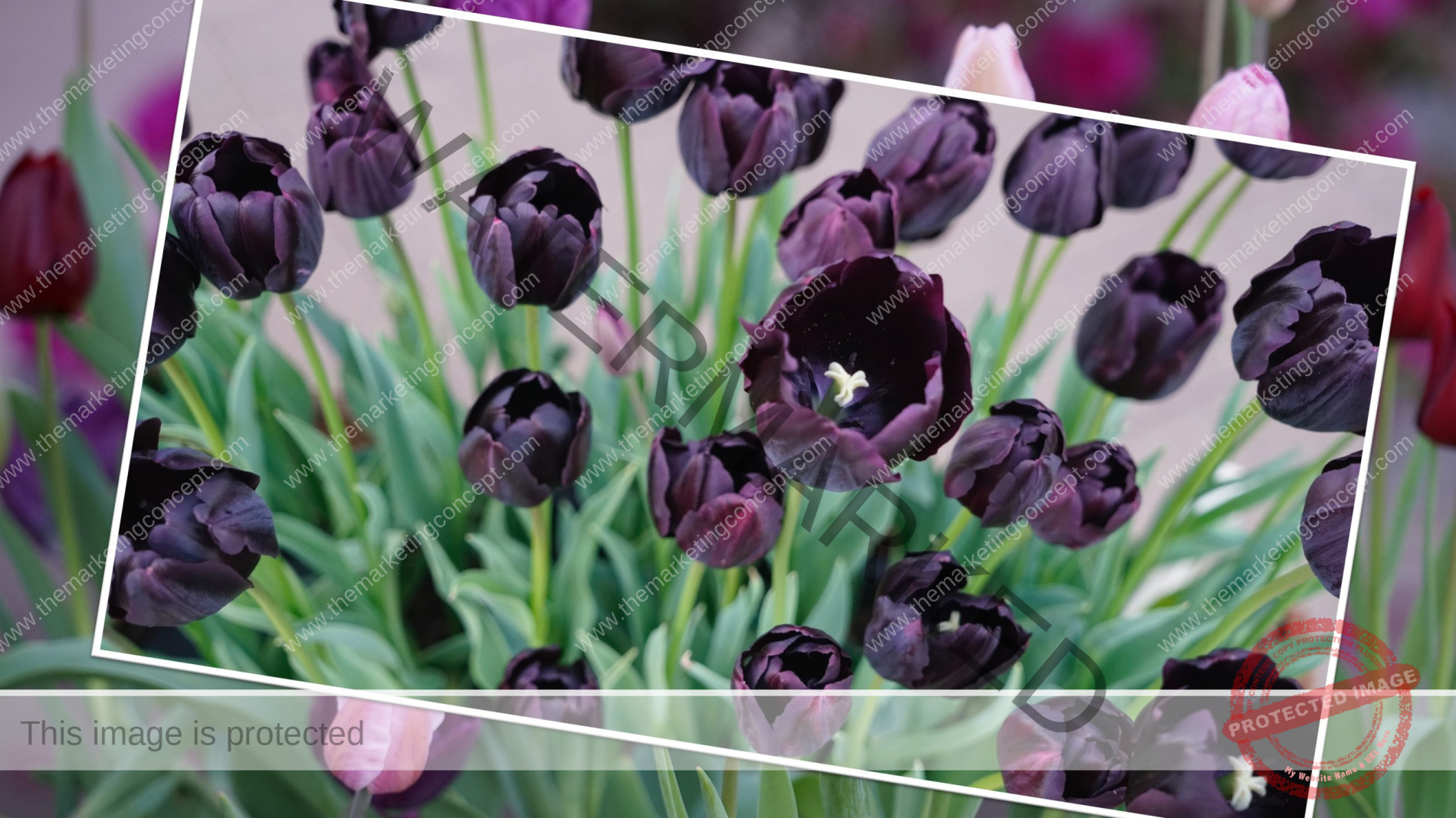
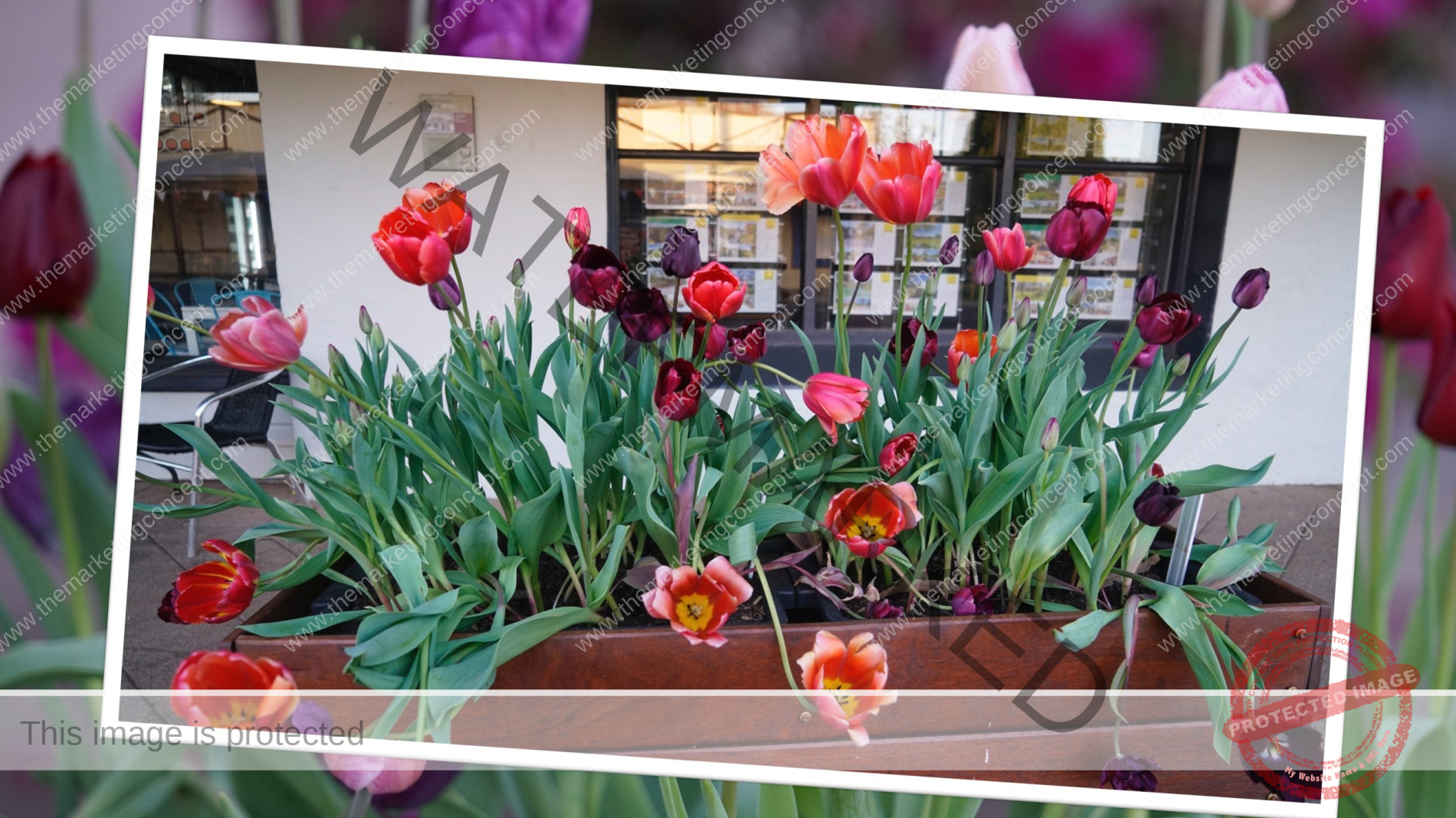
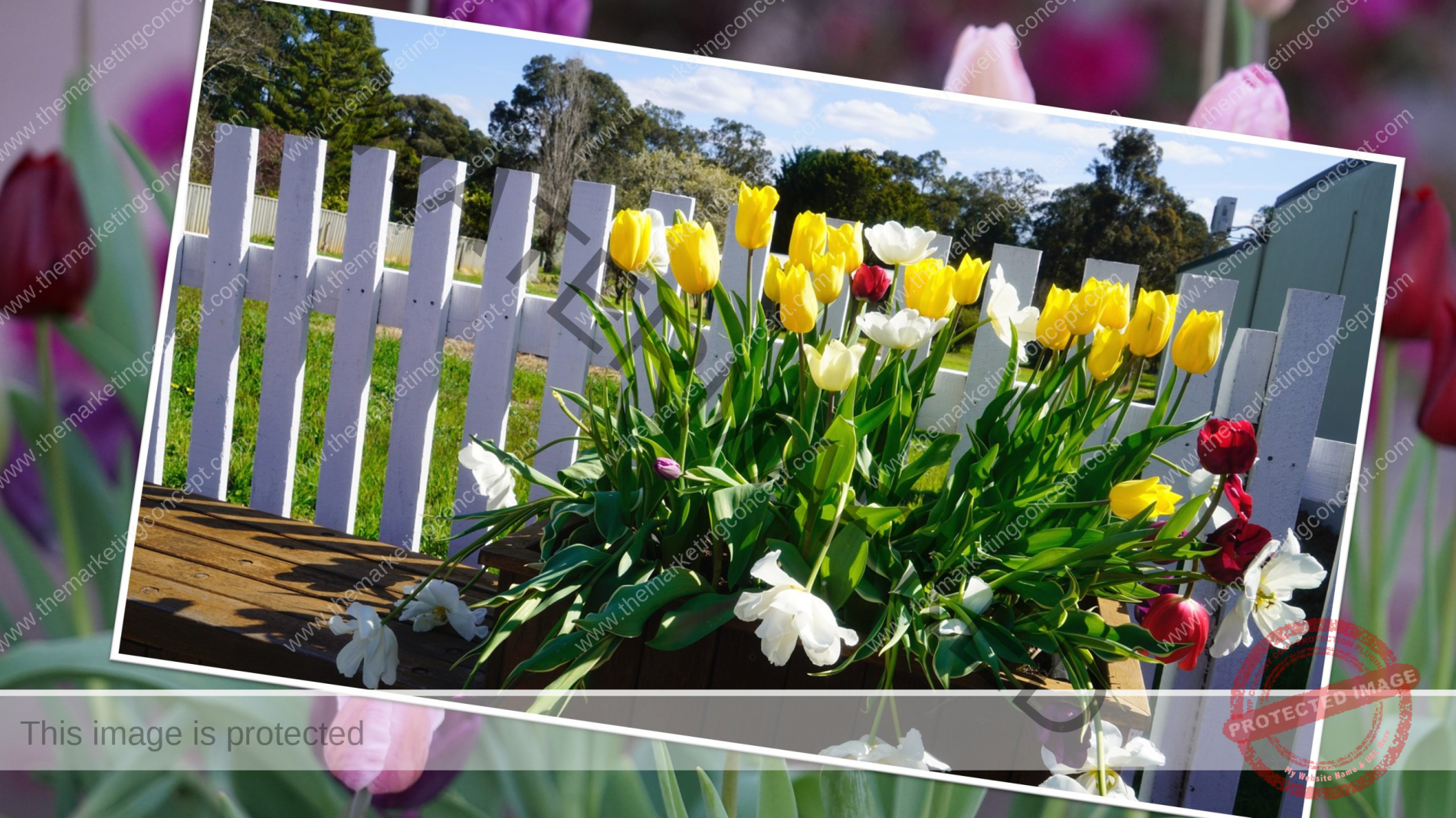
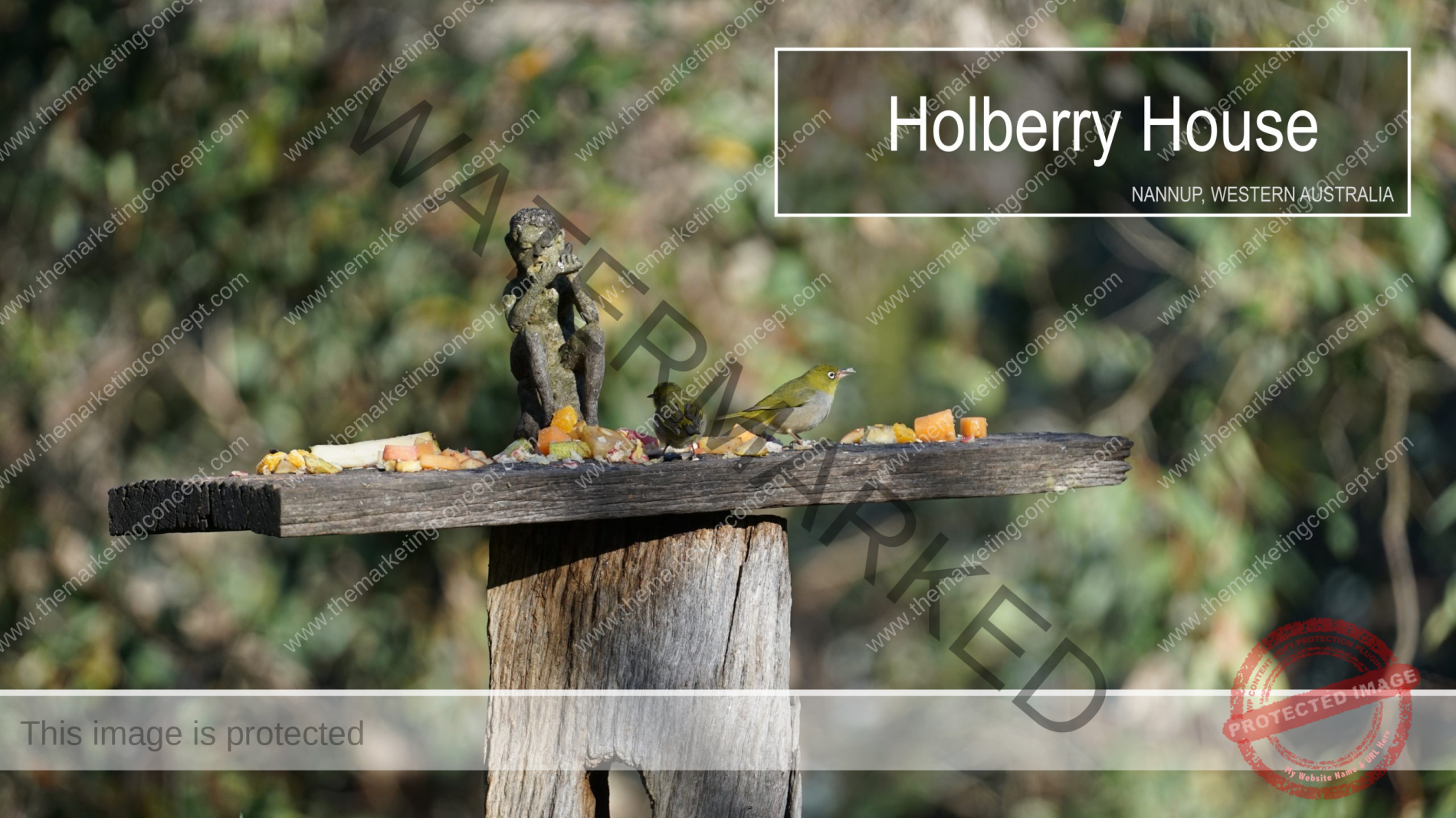

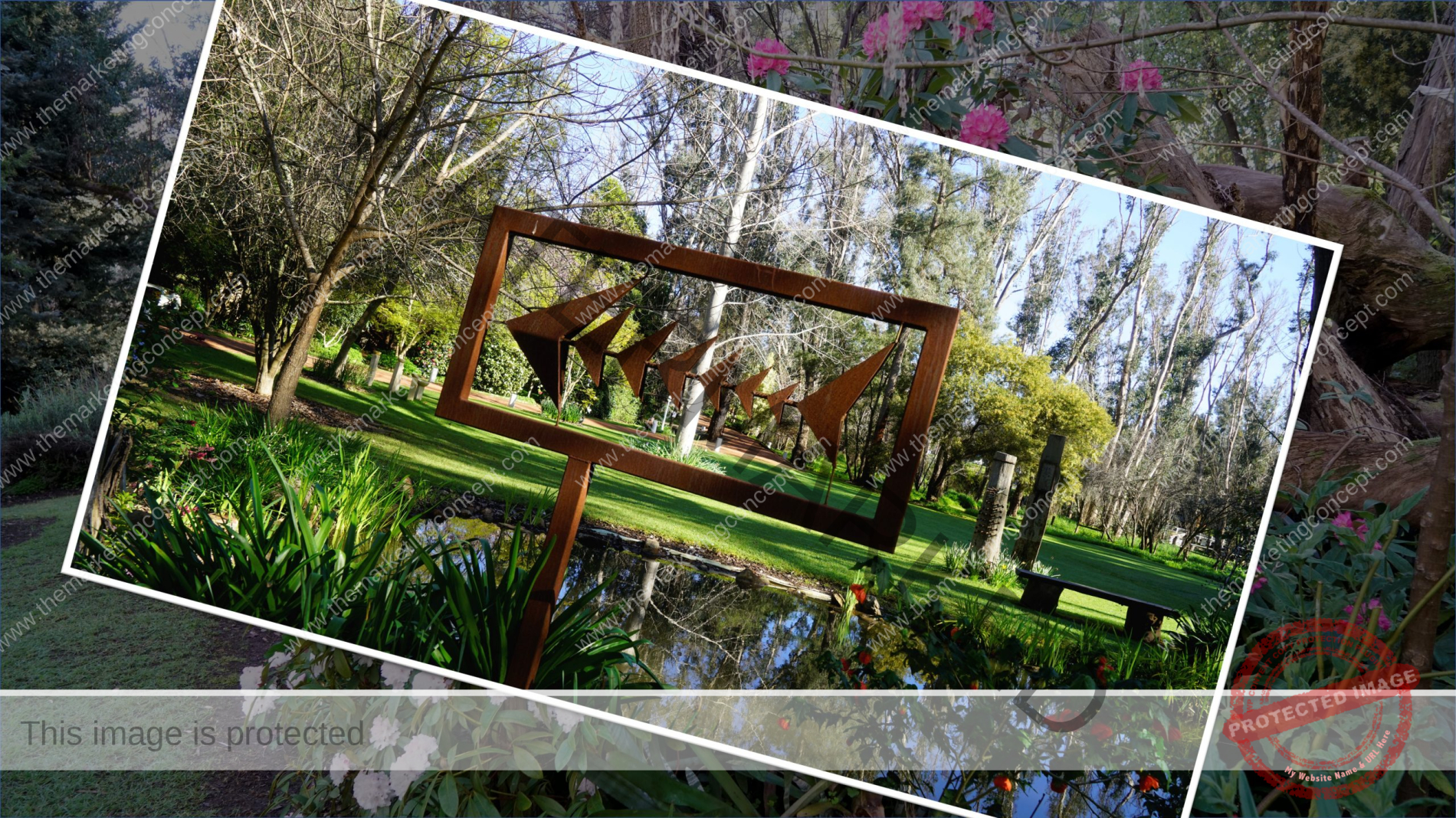
Holberry House
Holberry House is a multi award winning bed and breakfast. It is located a short walk from the main street of Nannup and within a magnificent parkland garden. The B&B itself is traditionally and tastefully furnished and fastidiously maintained [quality is in the detail]. There is a large comfortable guest lounge, with books and games, an open fireplace, and just next door a large dining room. Both the guest lounge and the dining room overlook the garden. The bedrooms are comfortable, clean, and have the appropriate facilities. With seven bedrooms this establishment requires a high level of commitment and discipline from the husband and wife team [Louise and Chris]. The furnishing is quality, appropriate, and tasteful.
For those who love gardens or those who appreciate a walk in a garden, the garden is what sets Holberry House apart from other Western Australian bed and breakfast establishments and it is at its finest in spring. The garden is clearly the passion of the owners with a curated selection of exotic trees and plants that thrive in the cooler climate and rich soils of the region. The garden is a haven for the local bird population particularly and sunrise and sunset – with the local blue wrens a particular favourite. Within the garden is a collection of sculptures and curiosities a water feature and a meandering driveway – and a couple of repurposed old cars.
Obviously, the garden requires a considerable commitment and it was clear that Louise had a list of garden tasks that needed to be undertaken ‘in between’ her other tasks. Most people appreciate a nice garden, however, gardening is a mix of pleasure and pain.
Services marketing scholars often discuss SERVQUAL and the qualities of services, how services are often hidden unless not performed, and how services require physical presence of quality. Clearly with their hospitality training and their years running Holberry House they are a practical exemplar of marketing theory.
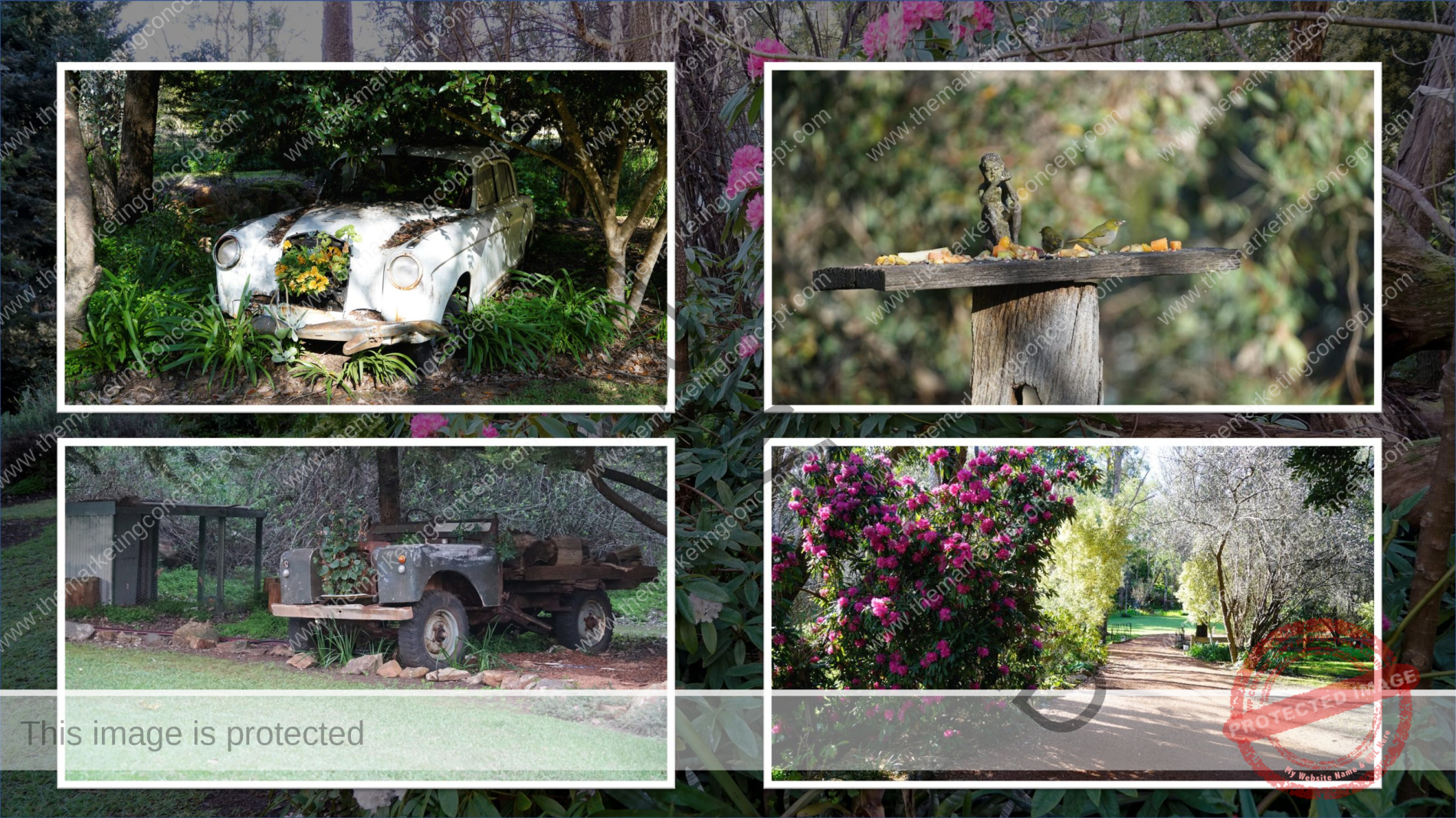

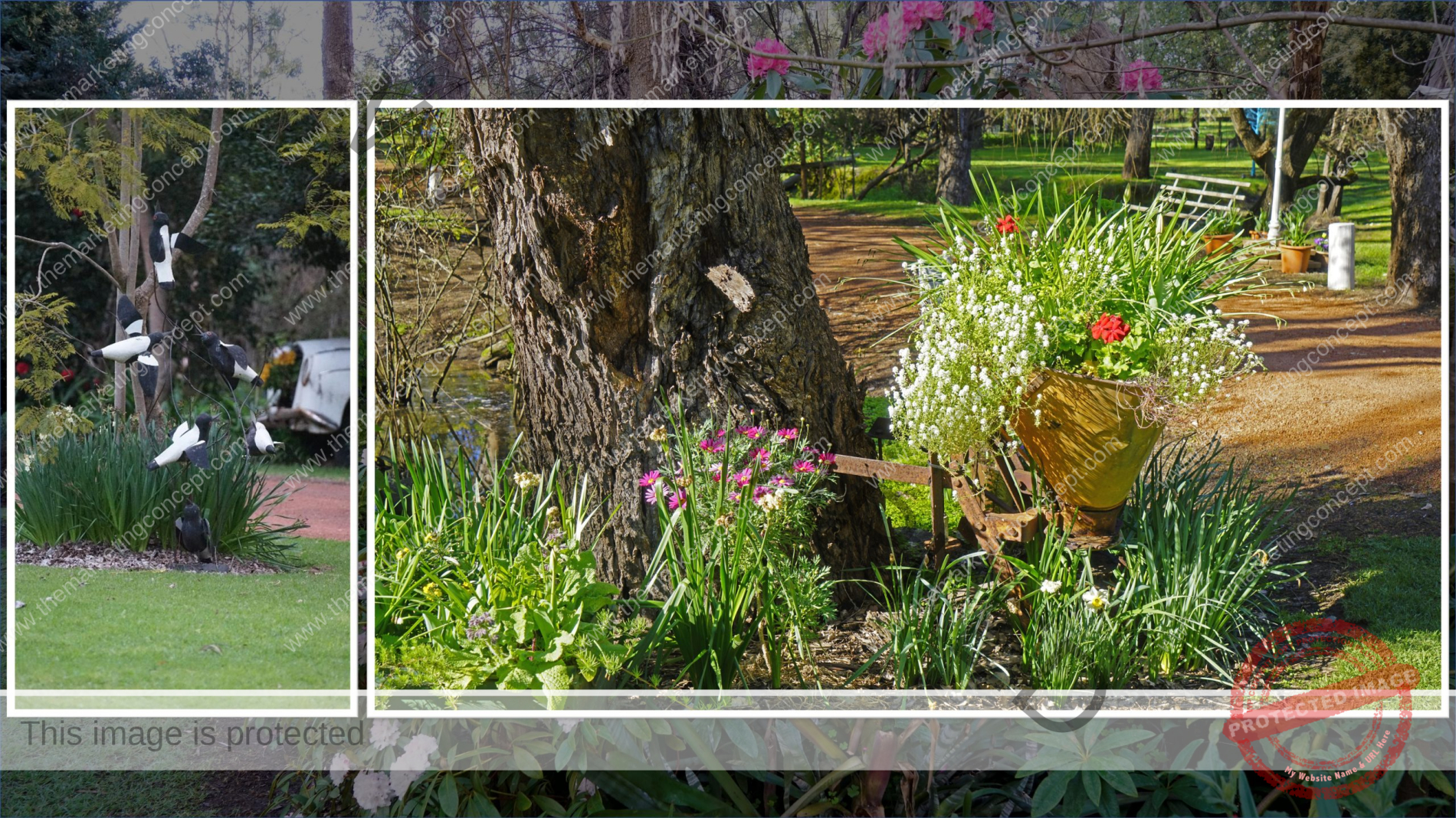
“
3 hints for other businesses
- “Be open when customers are seeking to book. In the Hospitality industry peak times are when travelers have holidays. There is no point closing between Christmas and New Year for ‘family time’ when there is peak demand for accommodation. Take your break in the quiet times.
- Find your point of uniqueness and work with this. Be authentic in your approach and don’t try and be something that you are not. Do not oversell your business.
- During COVID review your business model frequently. Adapt as required. If possible, try and encourage guests to re-book or purchase a voucher rather than cancel completely, however if you need to refund a booking, give 100% back. Don’t damage your goodwill, and dealing with the emotional fallout of this is fatiguing”
Louise Stokes [Holberry House]
And with a 5 out 5 rating on Tripadvisor this is sound advice.
The communication mix needs careful consideration
It is important to emphasiset how the situational [COMP] factors influence all organisational decision-making and the implementation of strategies and tactics.
Sometimes when commentators are discussing traditional media V digital media the reader is left with the impression that there is a choice. However, as the statistics suggest this may not always be the case. Mass communication [e.g., TV advertising, advertorials, press advertising] has a high cost as a % of sales and, therefore, out of the reach of small and medium enterprises [i.e., 59% of businesses] – particularly rural organisation. Perhaps small classified adverts in local community newspapers are an exception.
There are ways around the high cost of traditional media; for example, to reduce/share the communication costs some rural business become members of a buying and promotion group or take on agencies with an established brand name. Richard Verney, marketing manager for Liquor Barons noting the cow in front of the Cowaramup Liquor Barons states:
“
Liquor Barons has a unique arrangement, we are a cooperative with our members as shareholders, our board is made up of members – each member owns their own store – they have the best interests of the group. Also, our members have relationships with their customers and community; therefore we are less prescriptive than a full franchise organisation – and our members like that. I would say that purchasing power is the main benefit to members and then the shared services such as advertising, sales promotions which like many services are out of sight and out of mind – unless not performed.
Last words on communication costs – There is another side to this story, today traditional media organisations are experiencing stiff competition and have budget constraints that makes it hard to justify the costs associated with creating original rural stories, therefore, free rural PR opportunities that are of interest to the public are scarce.
Keeping in mind that one of the objectives of marketing practitioners is to reduce costs as a % of sales amplifying events through social media and smartphone photography are increasingly attractive tactics.

Tasks
Reflect: on your understanding of a unique product value proposition [UPVP] in light of the product components of goods, services, ideas, experiences, people, and place
- Describe how can owners of SMEs may employ the product components to design, develop, and deliver products that are distinct, discernable, and desirable.
Consider how COVID 19 + natural disasters and other situation factors may impact on the economy of the region.
Statement: a road trip is a collection of small and larger decisions and exchanges.
- Identify and explain, the types of satisfaction evident within this example
Statement: the exemplar talks about the total product and the aggregate product.
- Who is responsible for satisfaction of each total product?
- Who is responsible for satisfaction for the aggregate product?
- How important is collaboration within the towns identified in this exemplar?
Statement: word of mouth and repeat custom are identified as KSFs.
- What role would staff training and service quality play in creating word or mouth and repeat custom?
- After examining the service qualities in SERVQUAL [see themarketingconcept e-book] identify how these qualities could be implemented by an owner of a SME.
Statement: After considering Porter’s 5 forces explain why small and medium rural businesses may join a buying and promotion group.
- After considering the 9 objectives of marketing practitioners describe how members of these groups may benefit.
References
The Australian Bureau of Statistics (2019). 8165.0 – Counts of Australian Businesses, including Entries and Exits, June 2014 to June 2018 Available online 09/02/2021;
The Australian Small Business and Family Enterprise Ombudsman (2020). Small business counts: 2020 report. Available online 09/02/2021
Chamber of Commerce and Industry WA(2020). 2020-21 Pre-budget submission September 2020. Document courtesy of CCIWA [12/02/2021]


